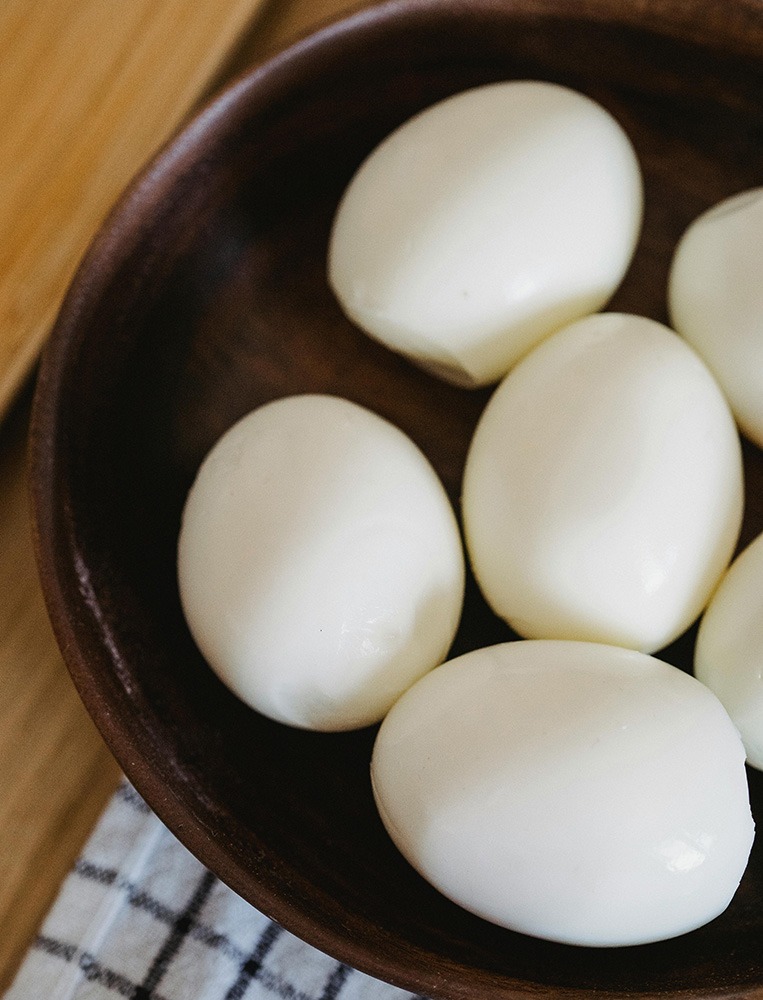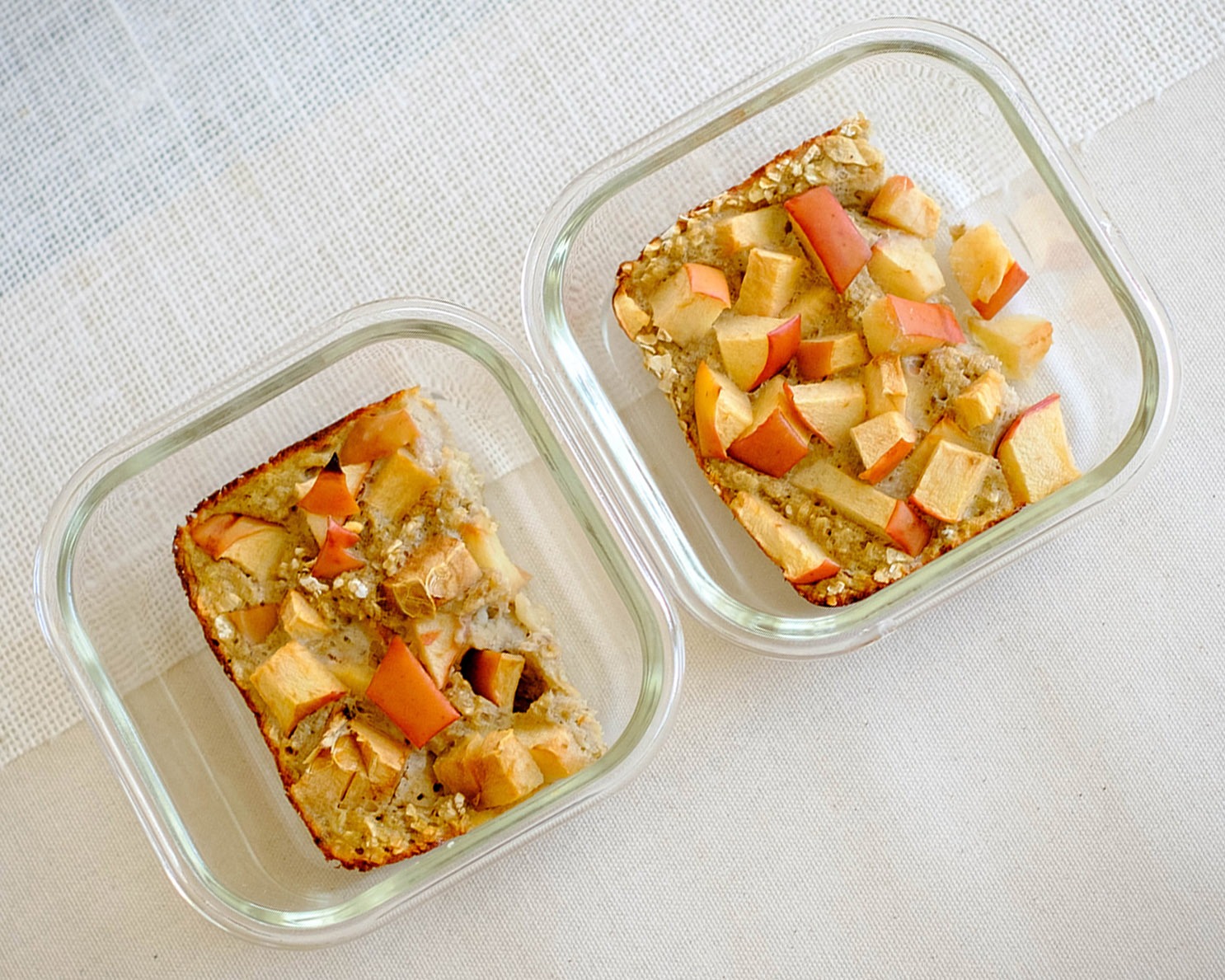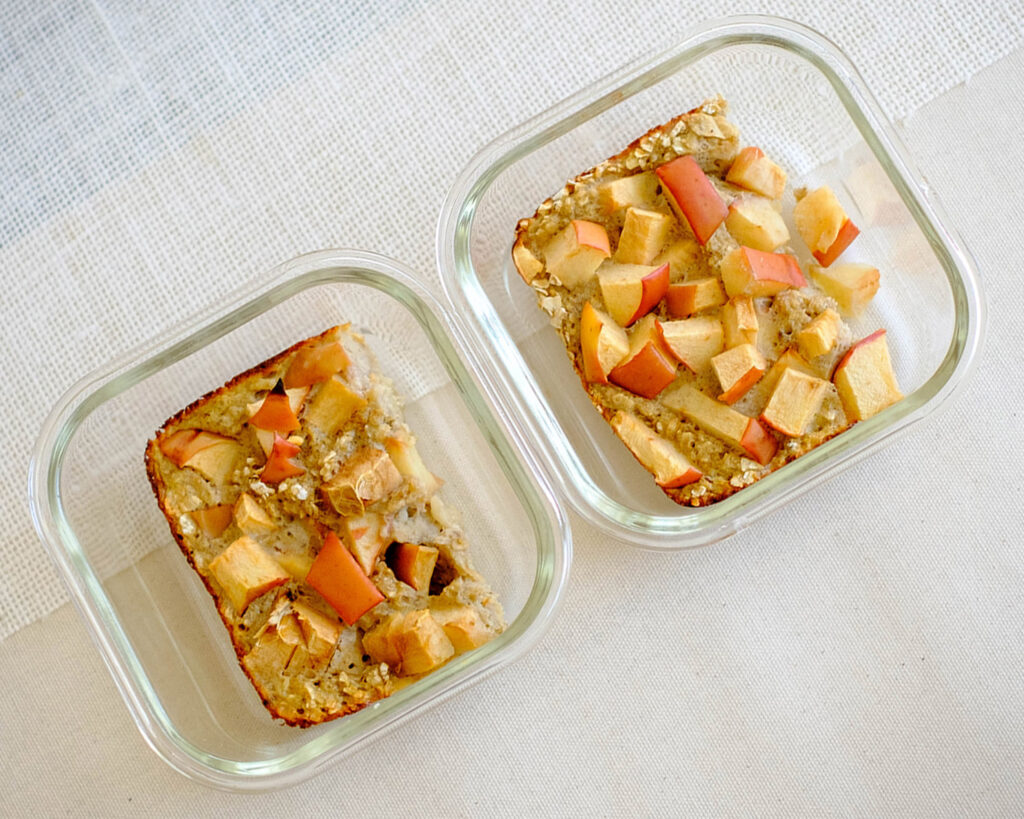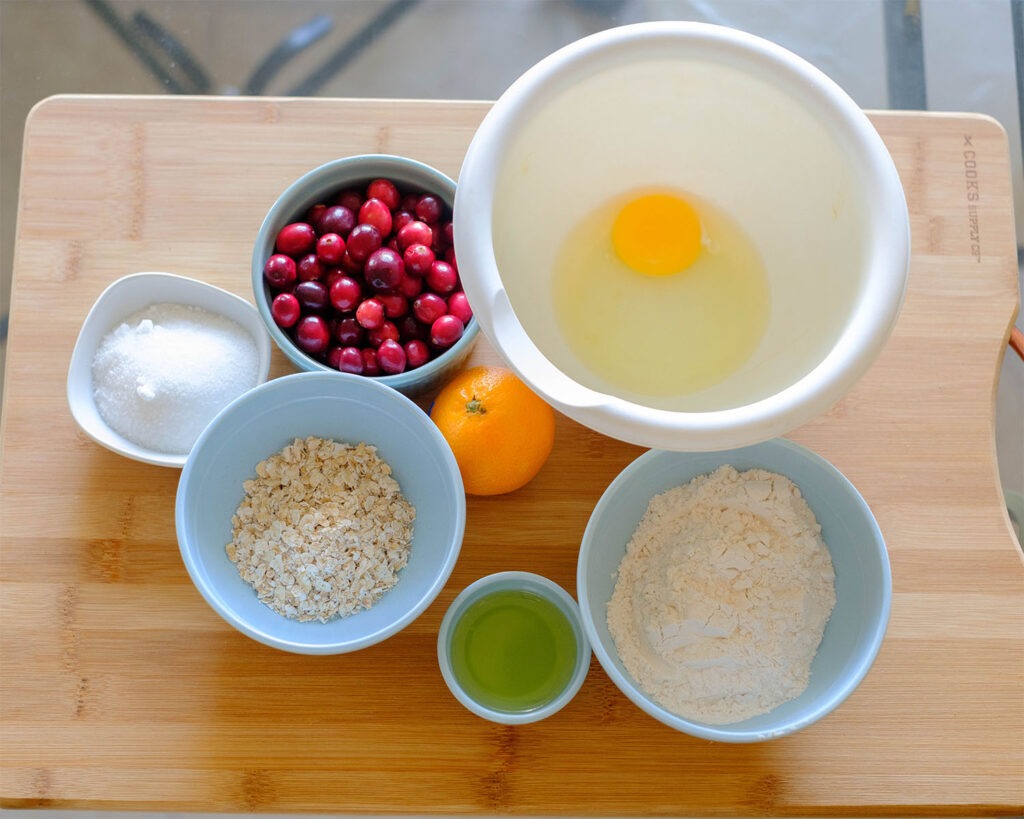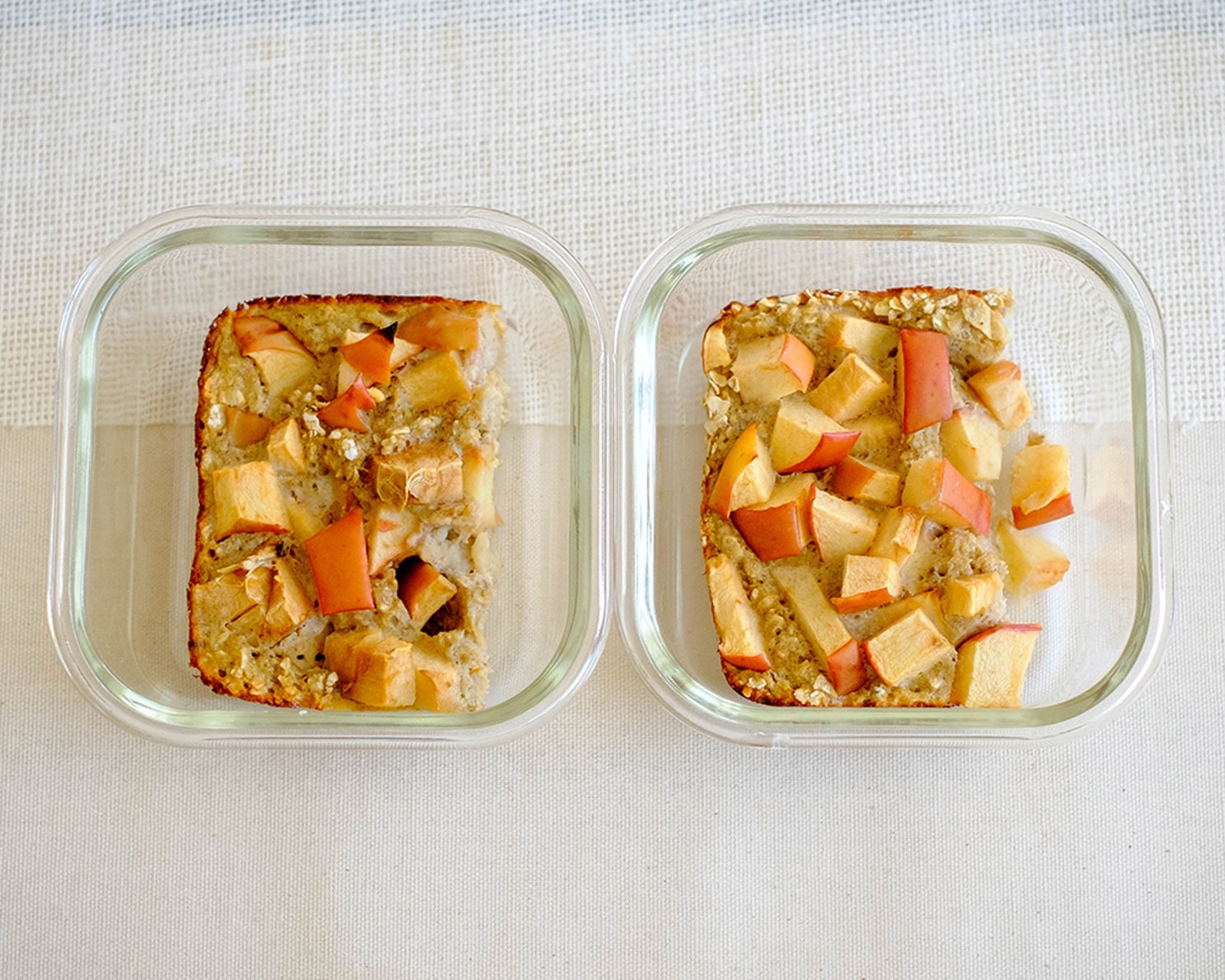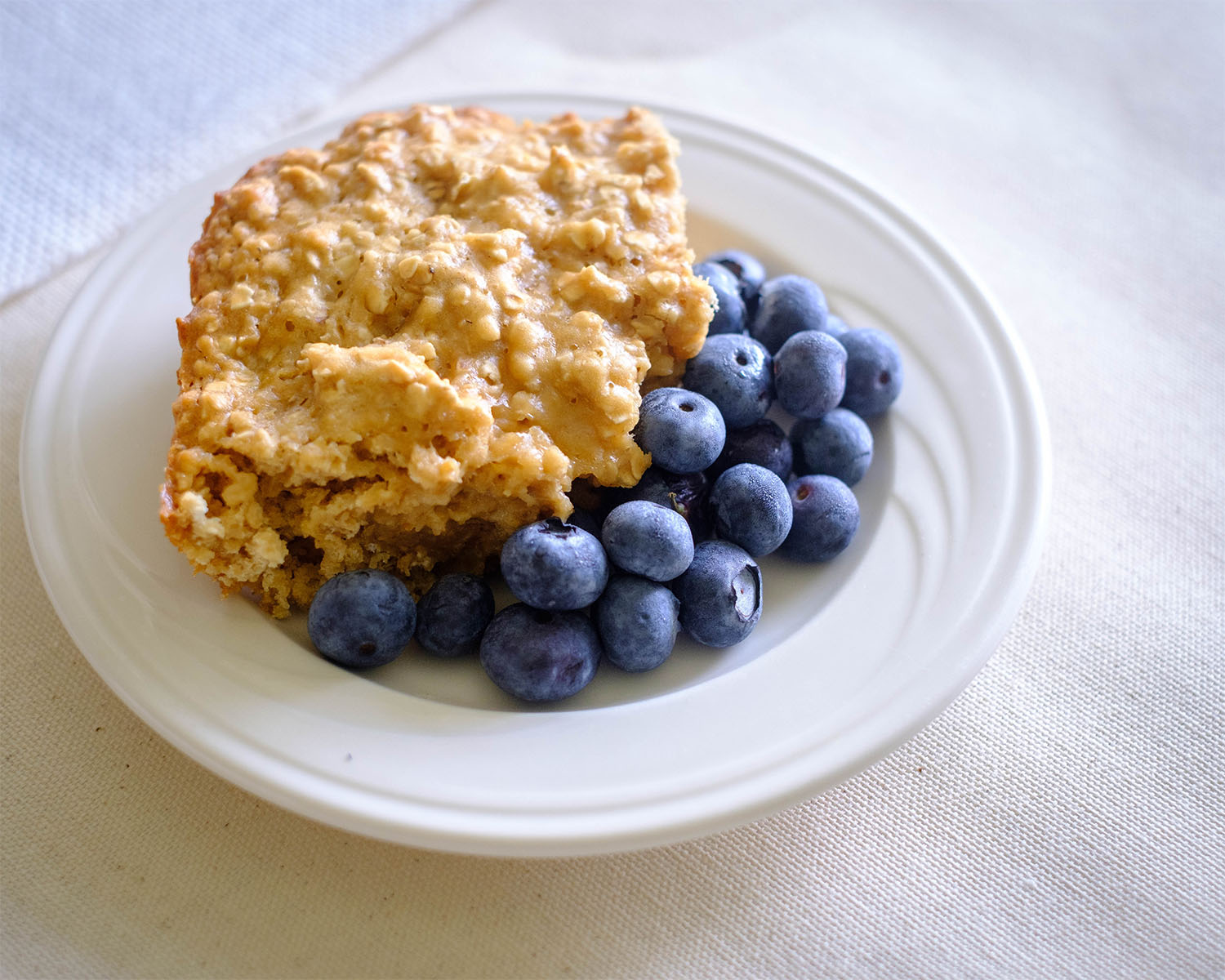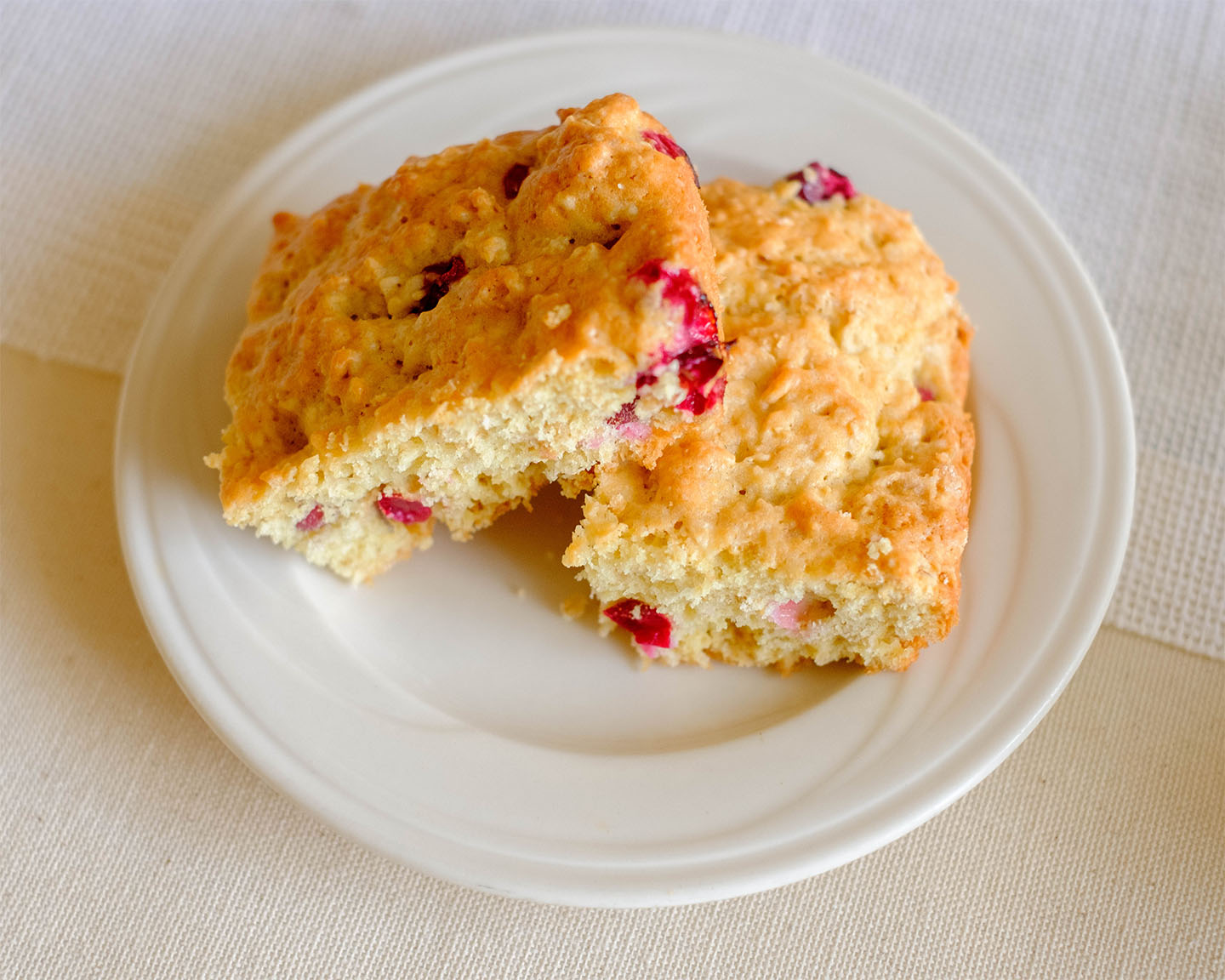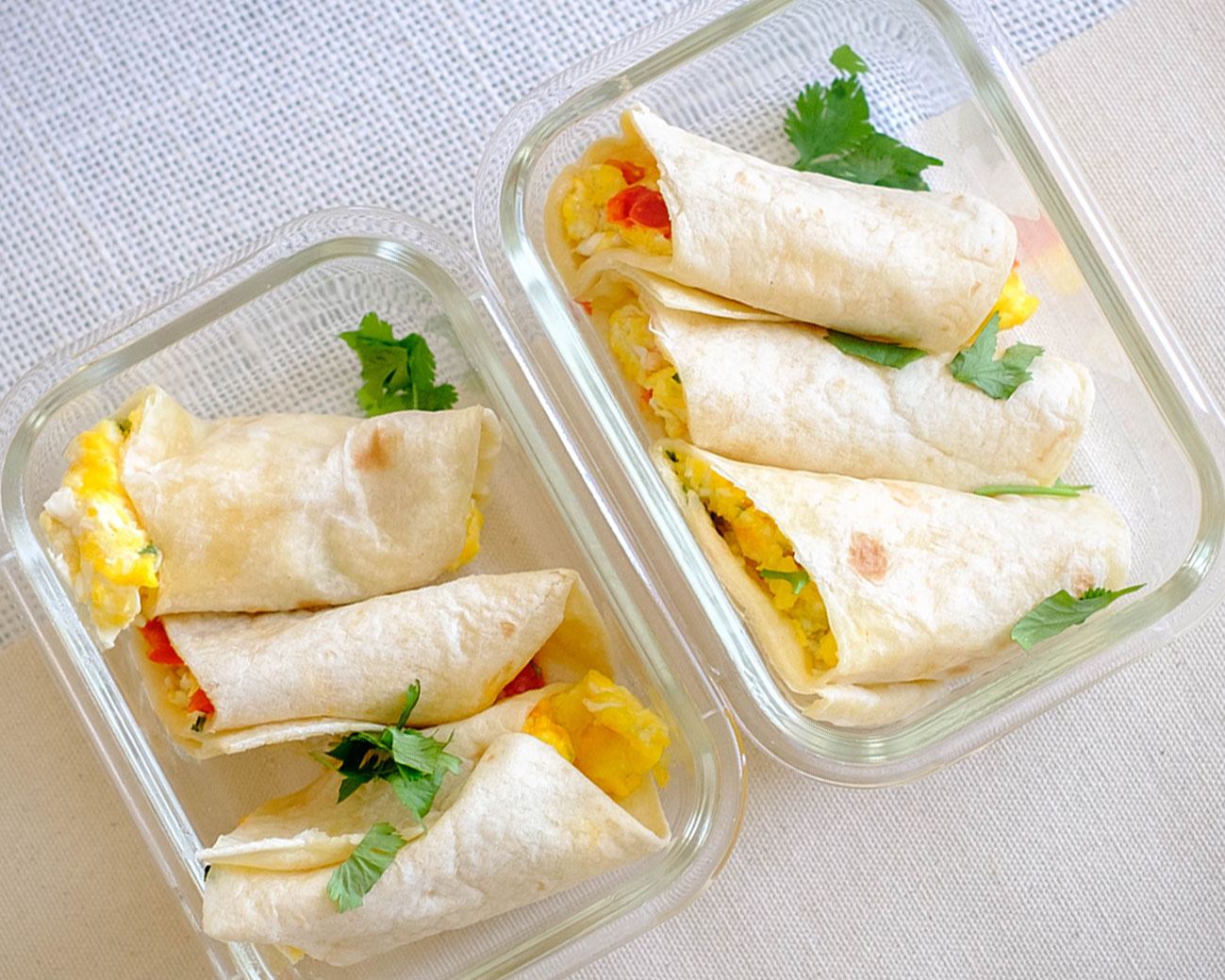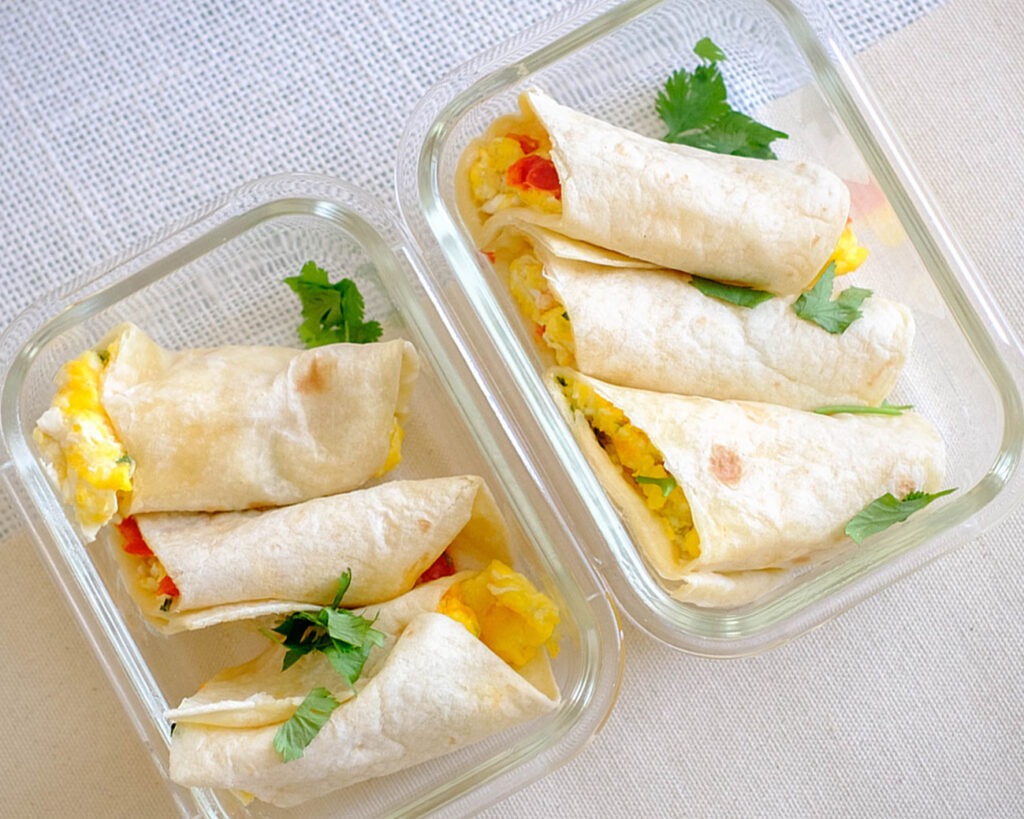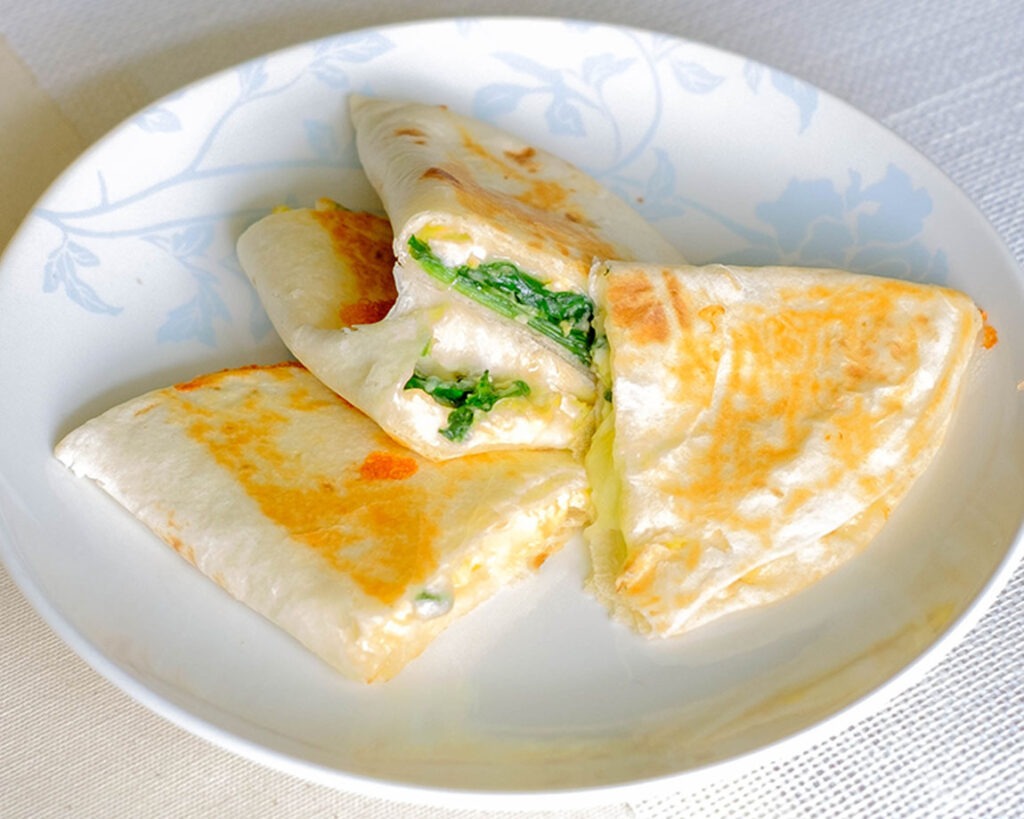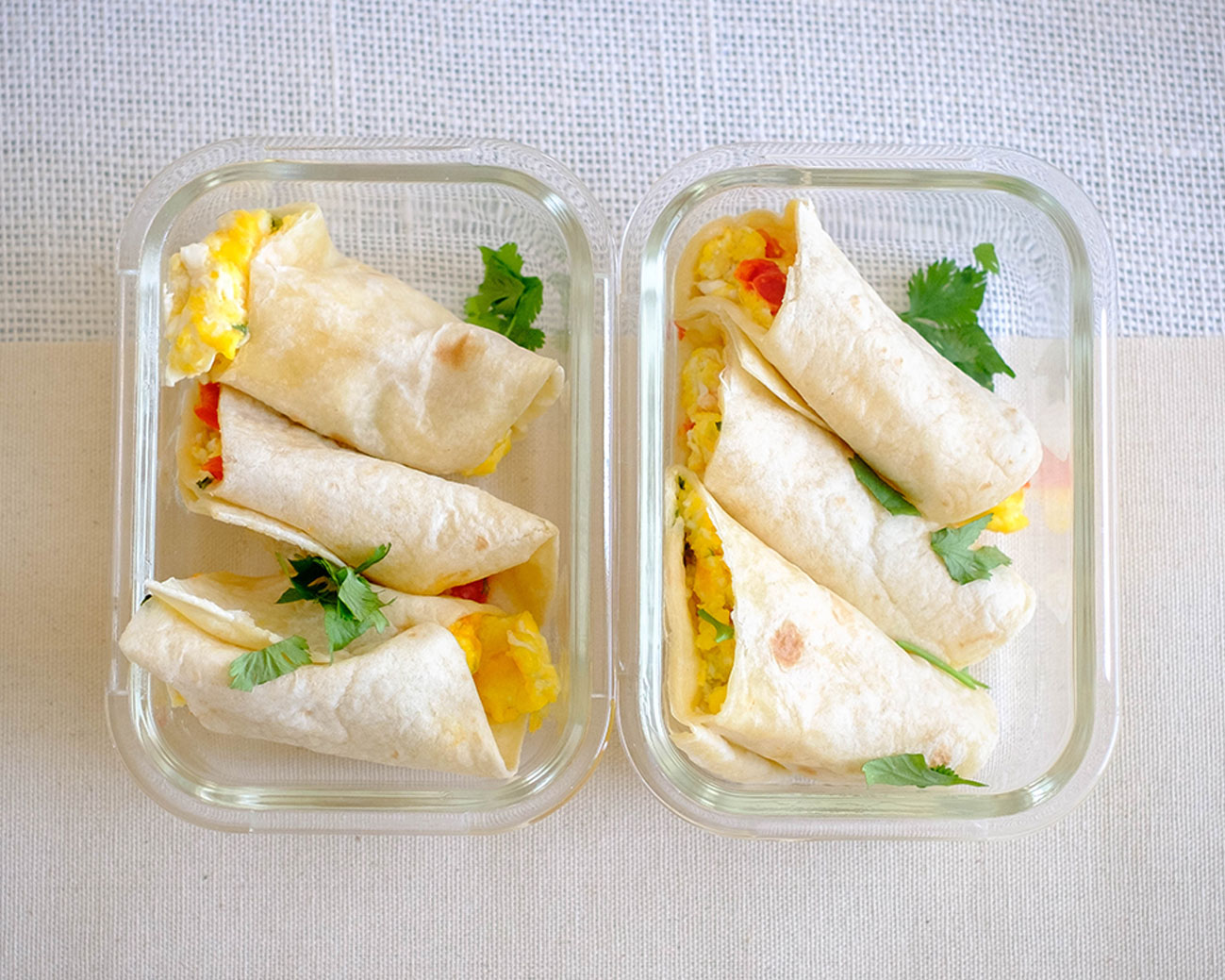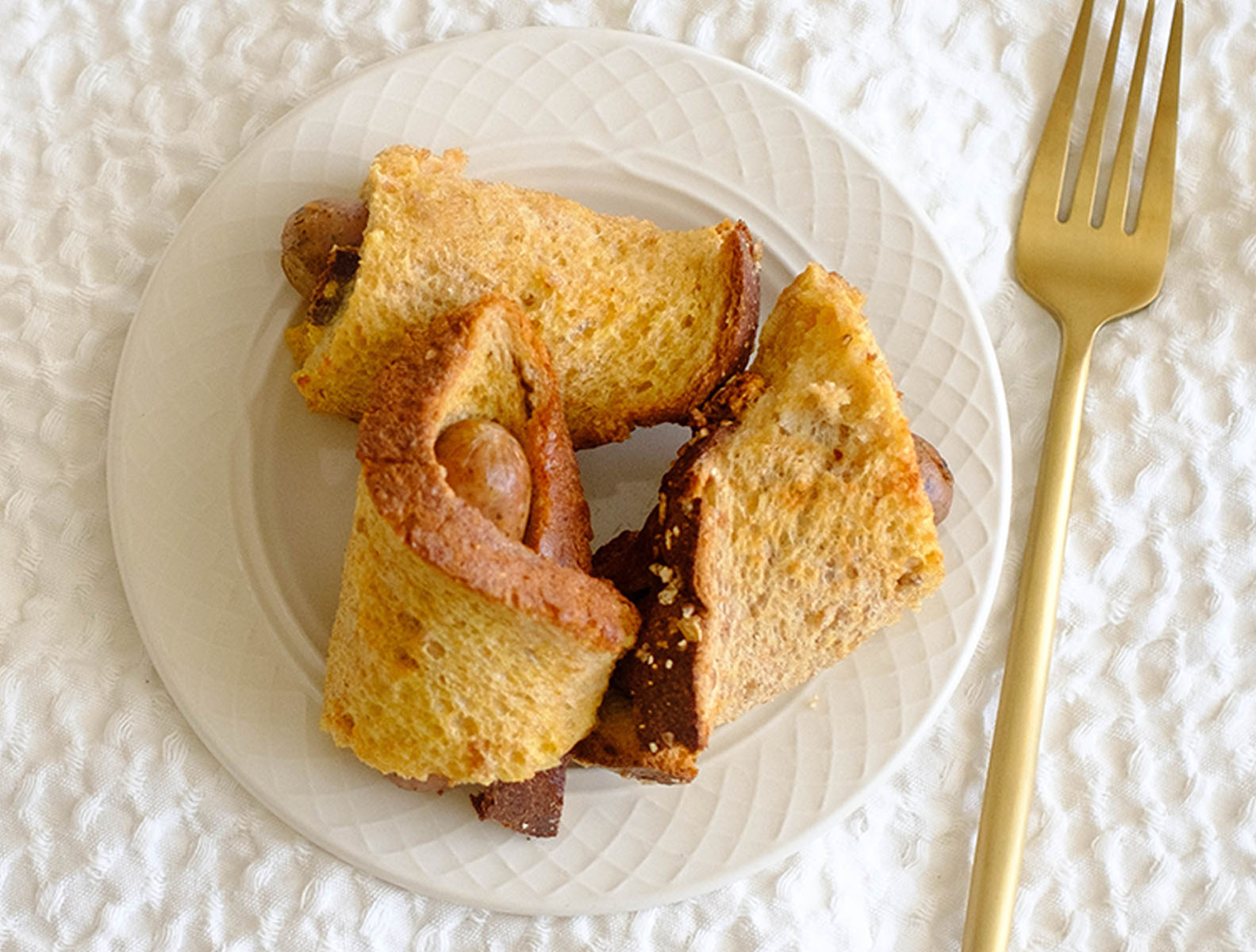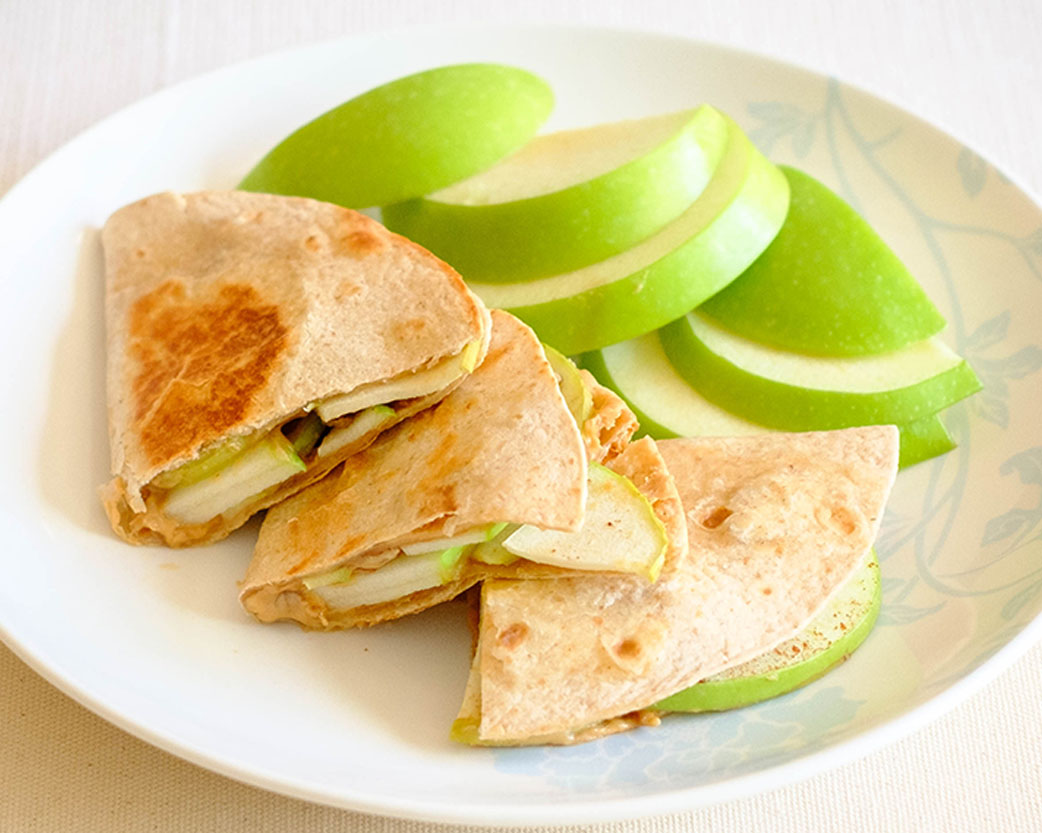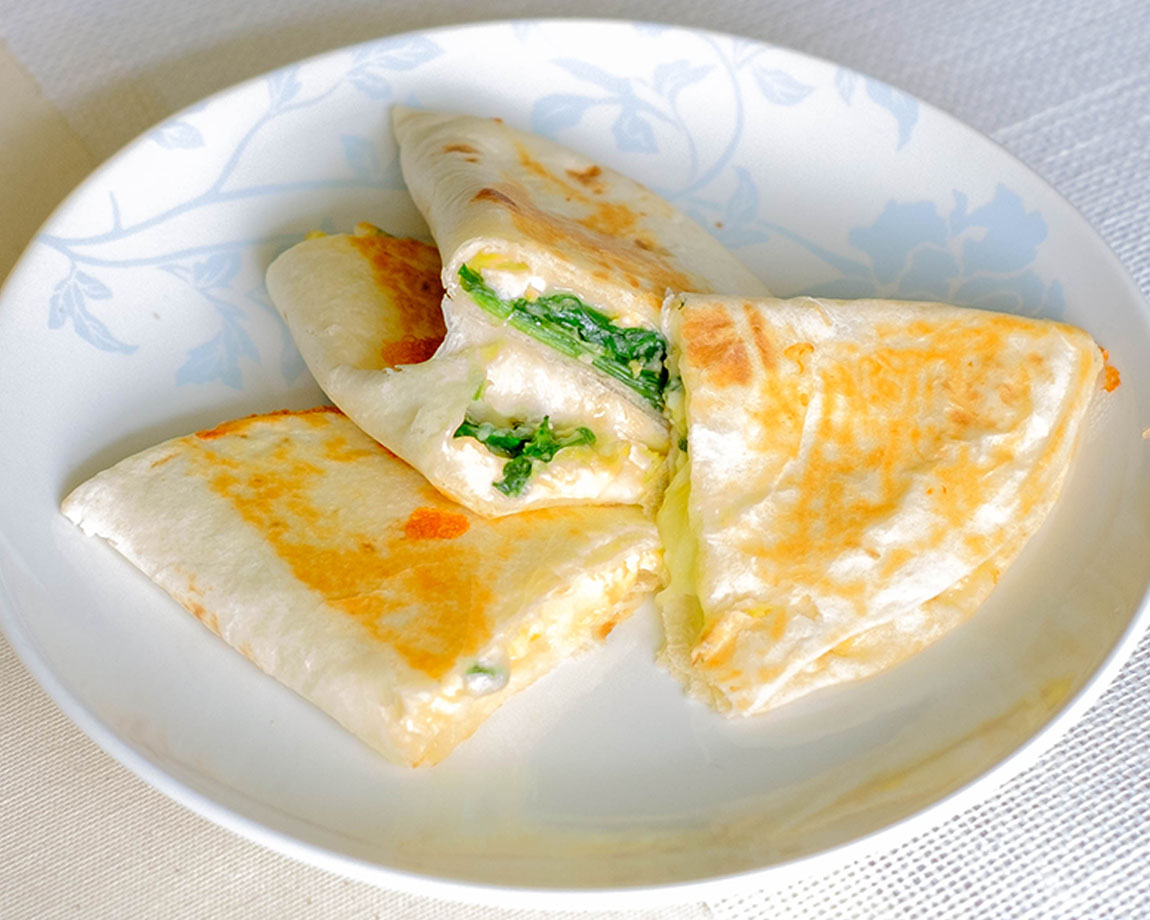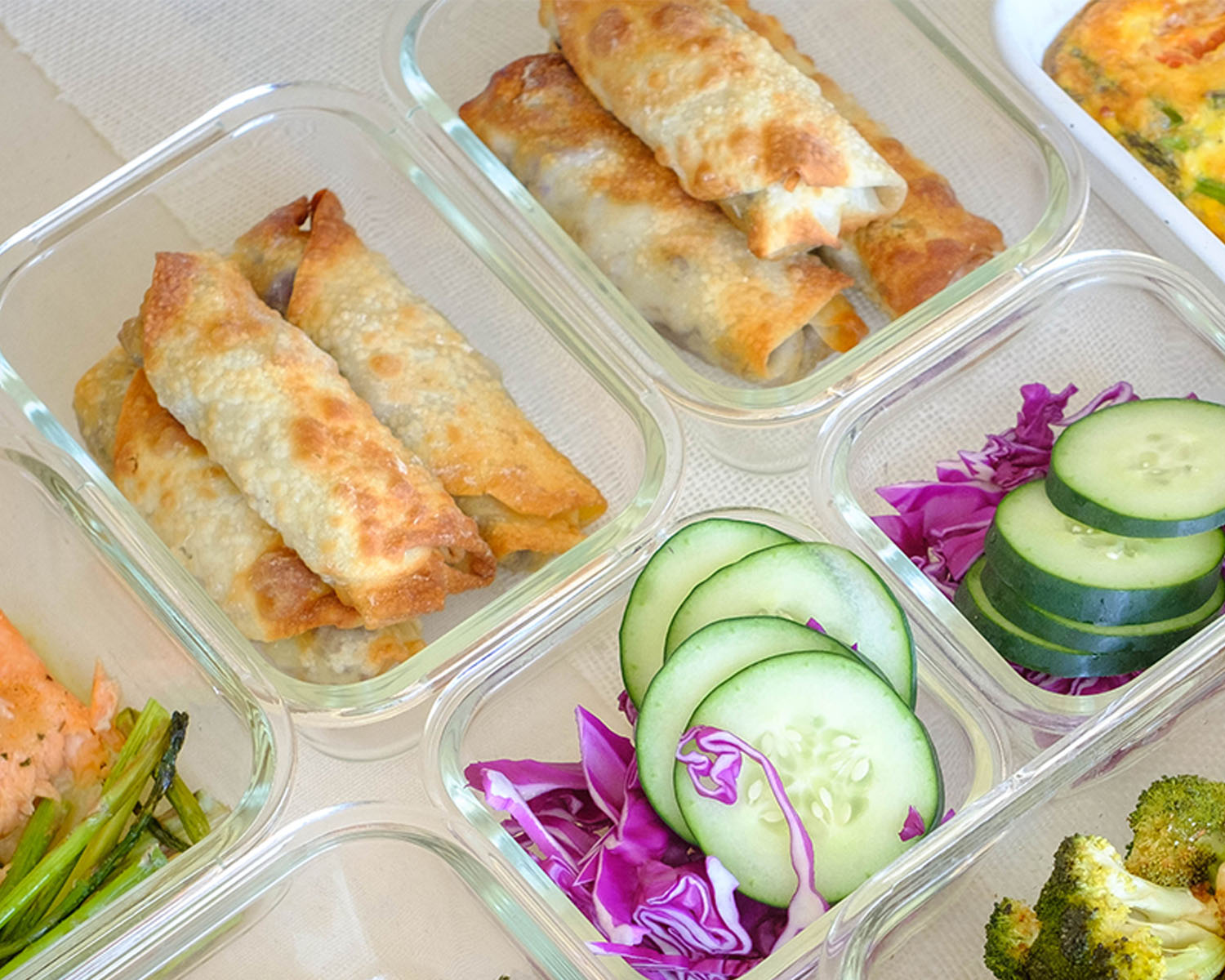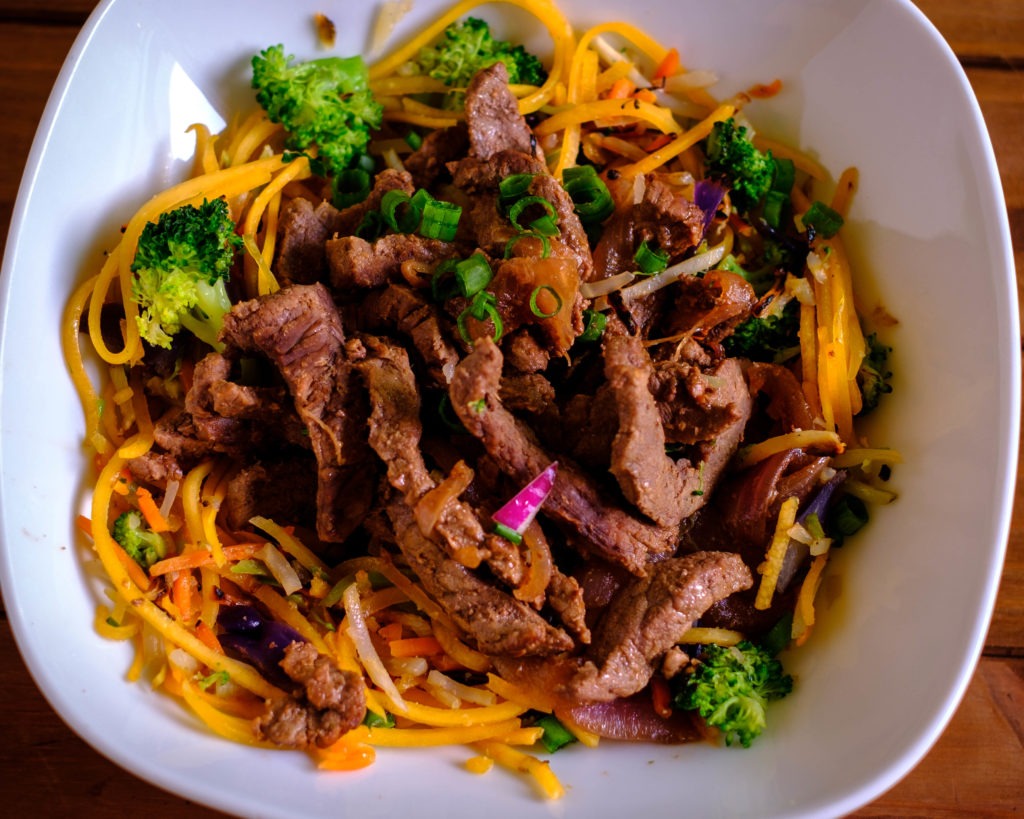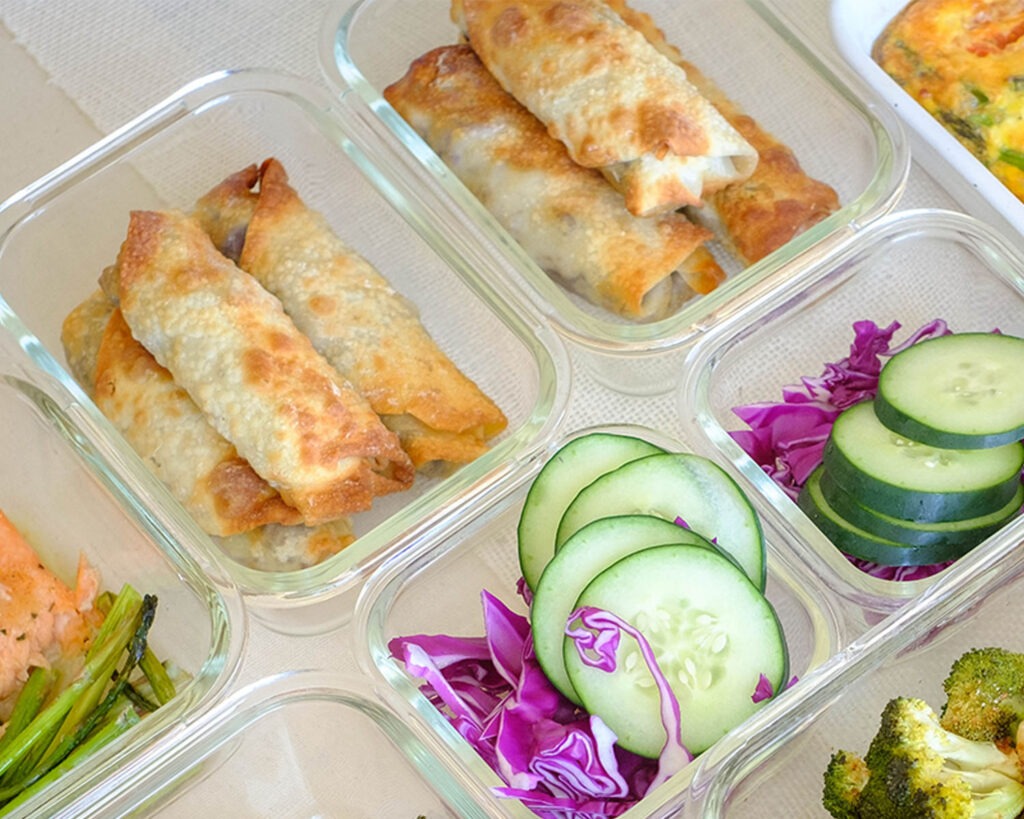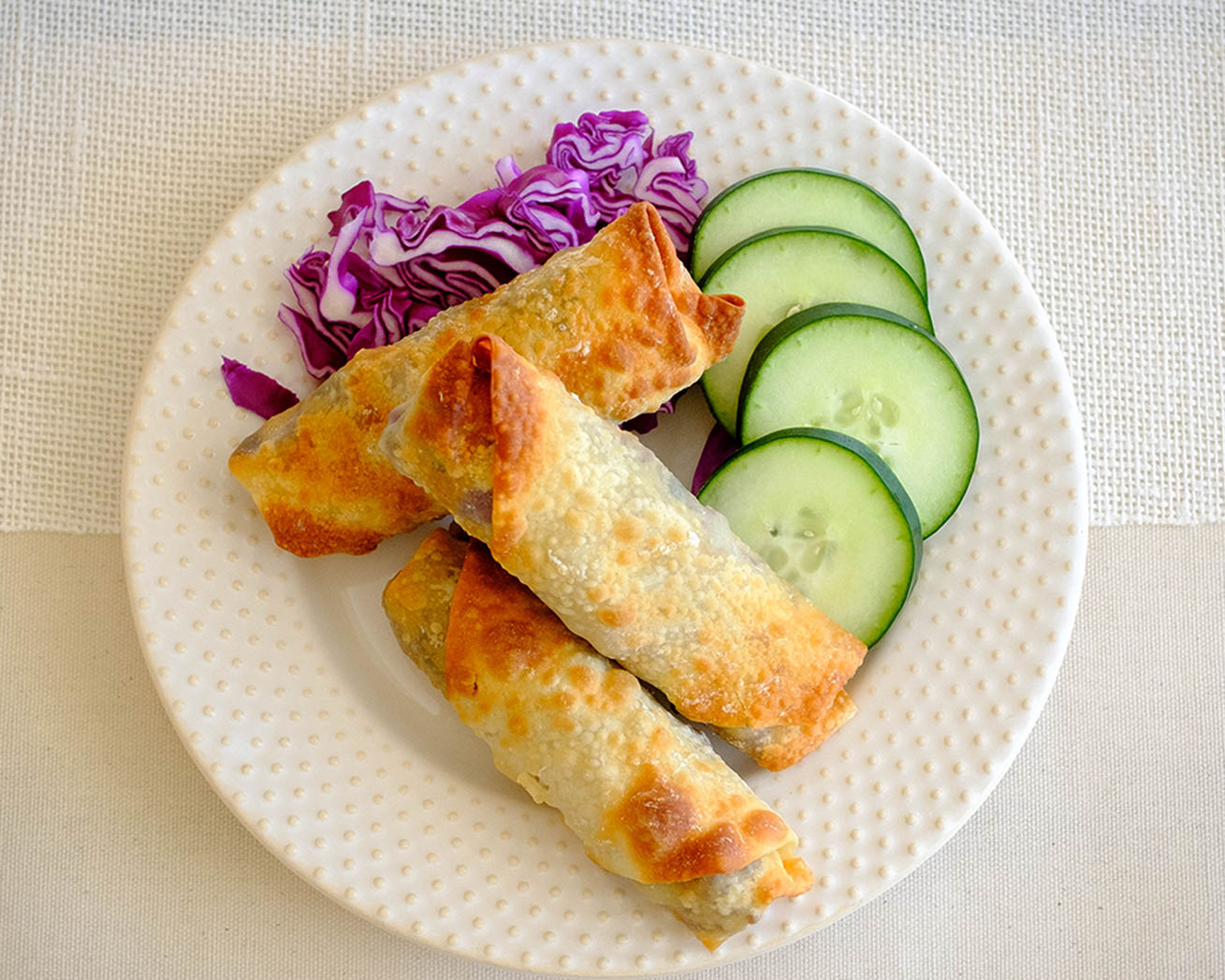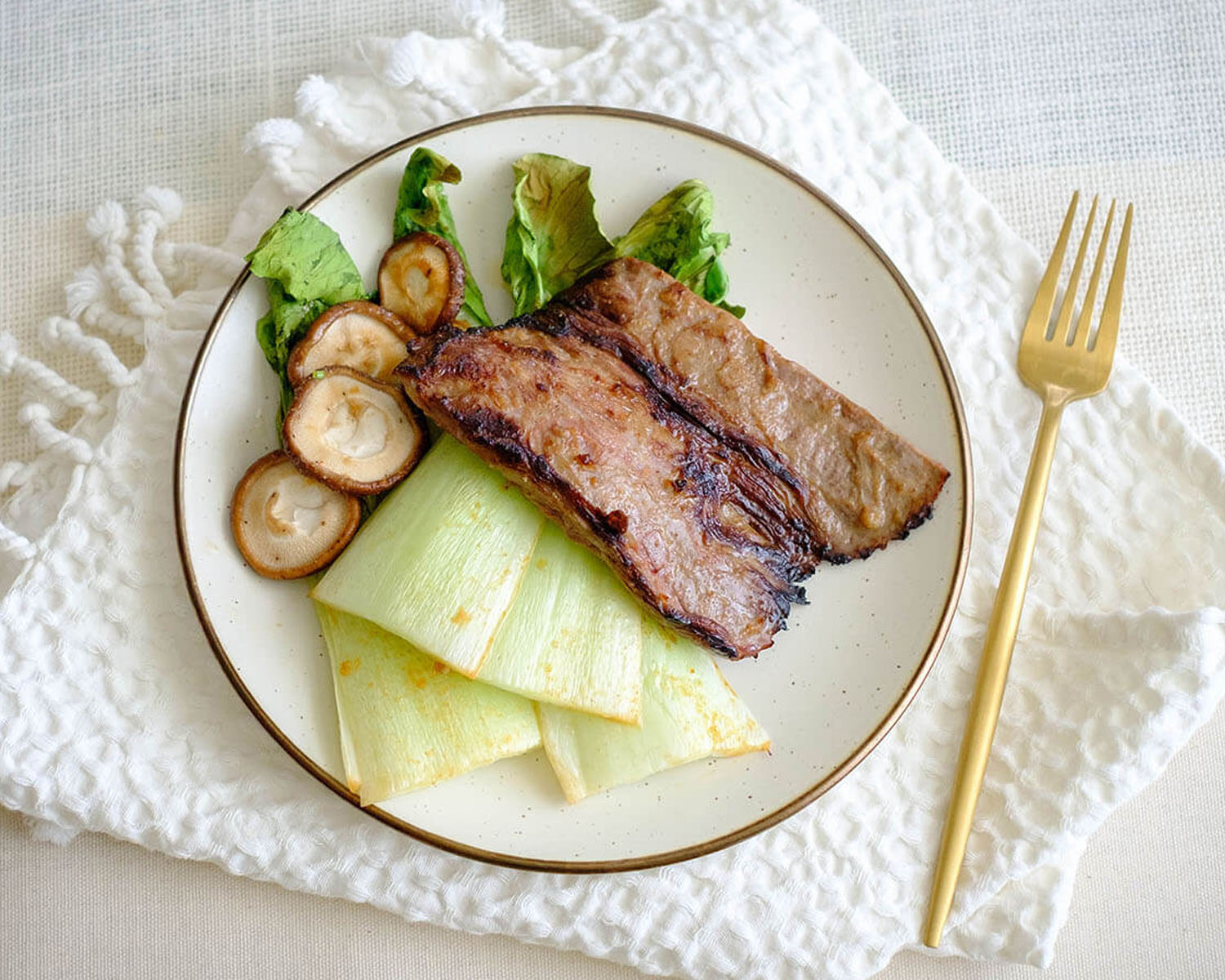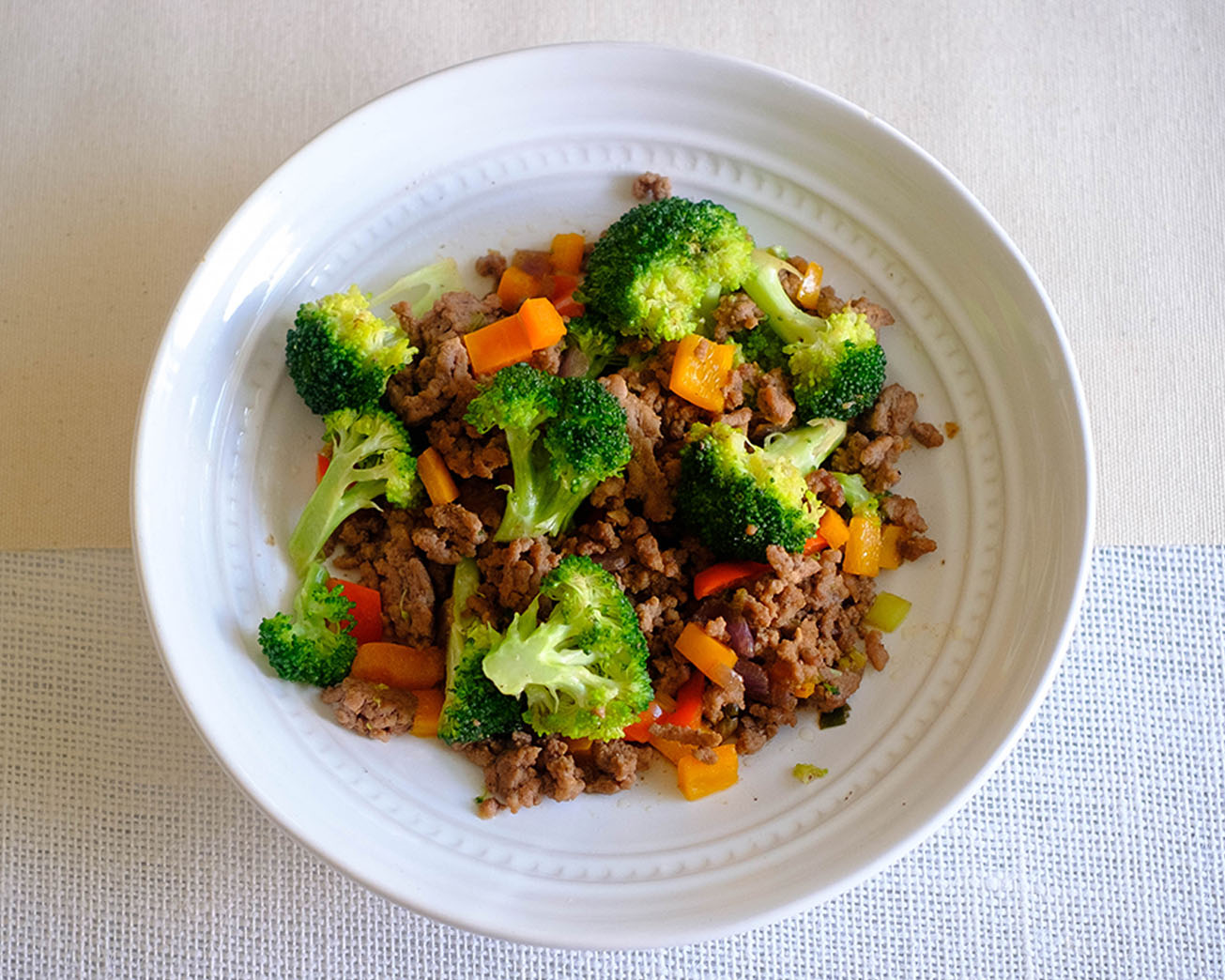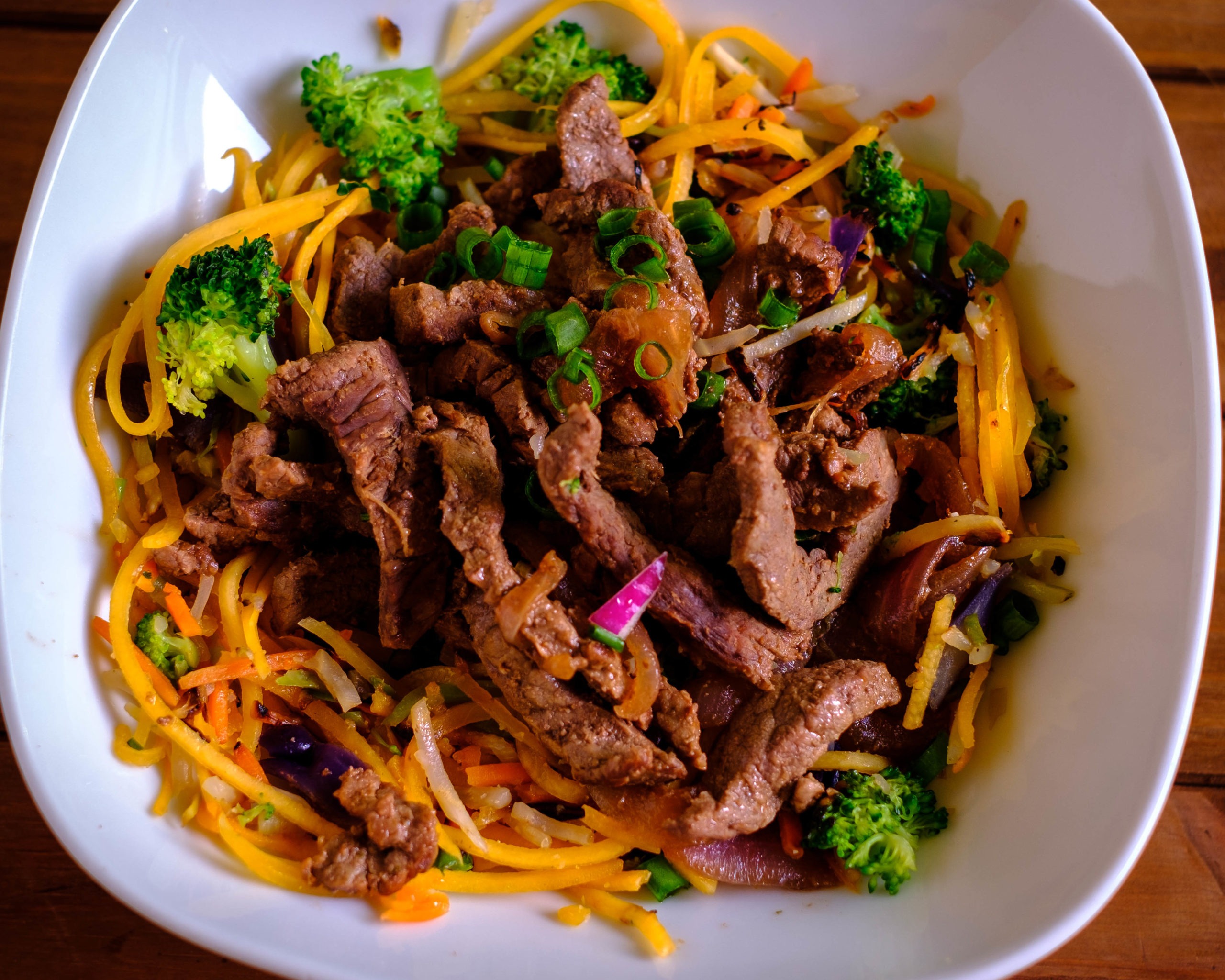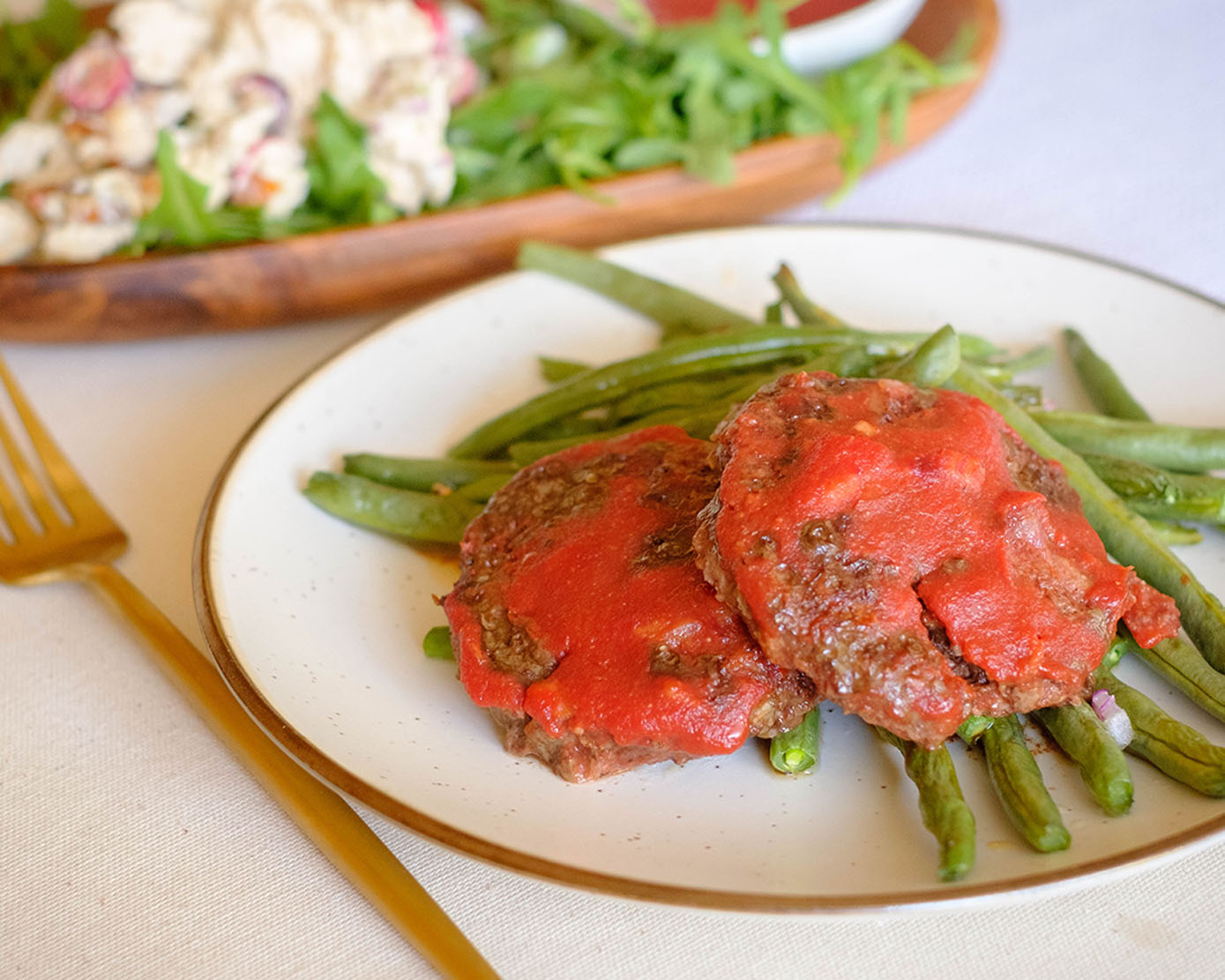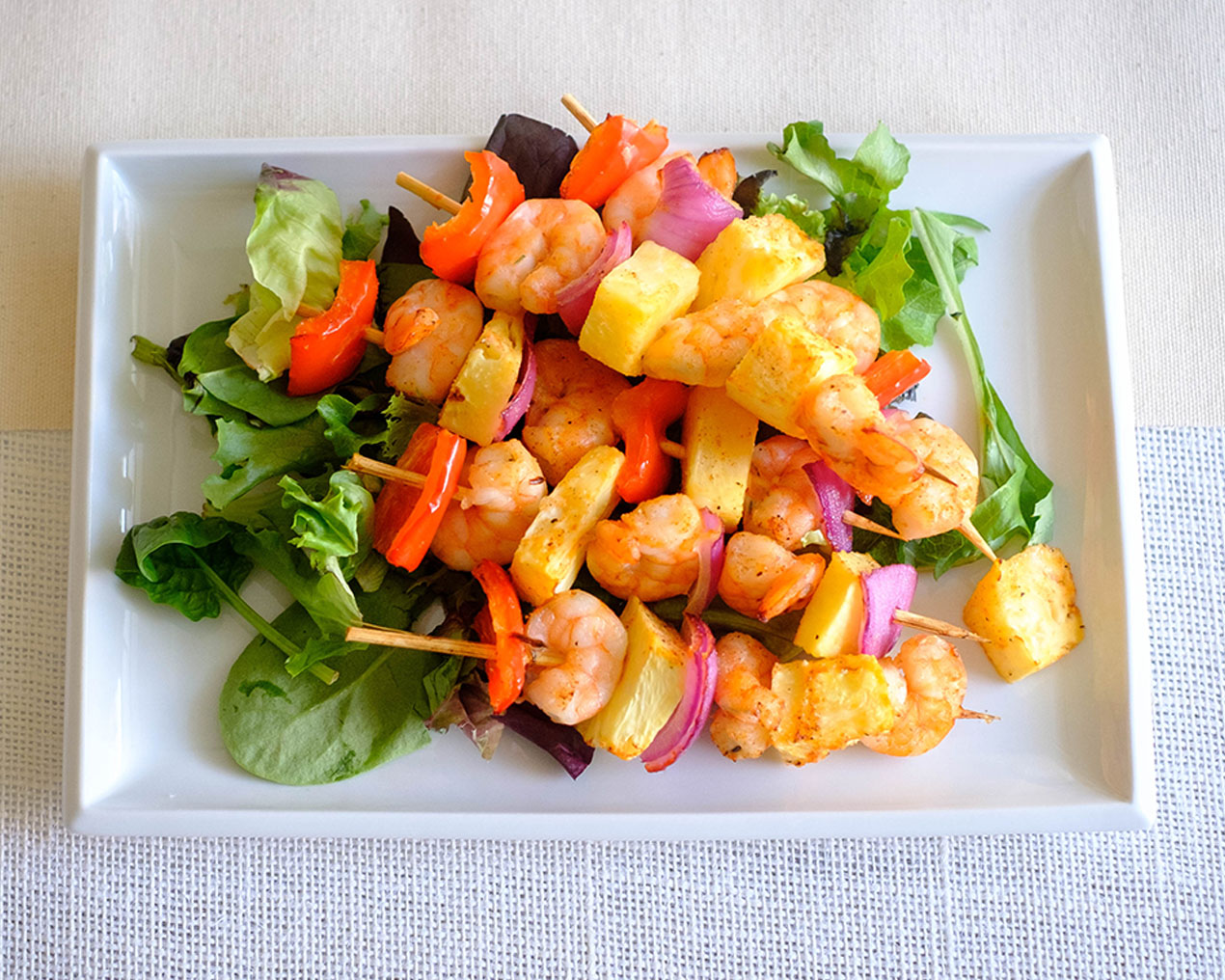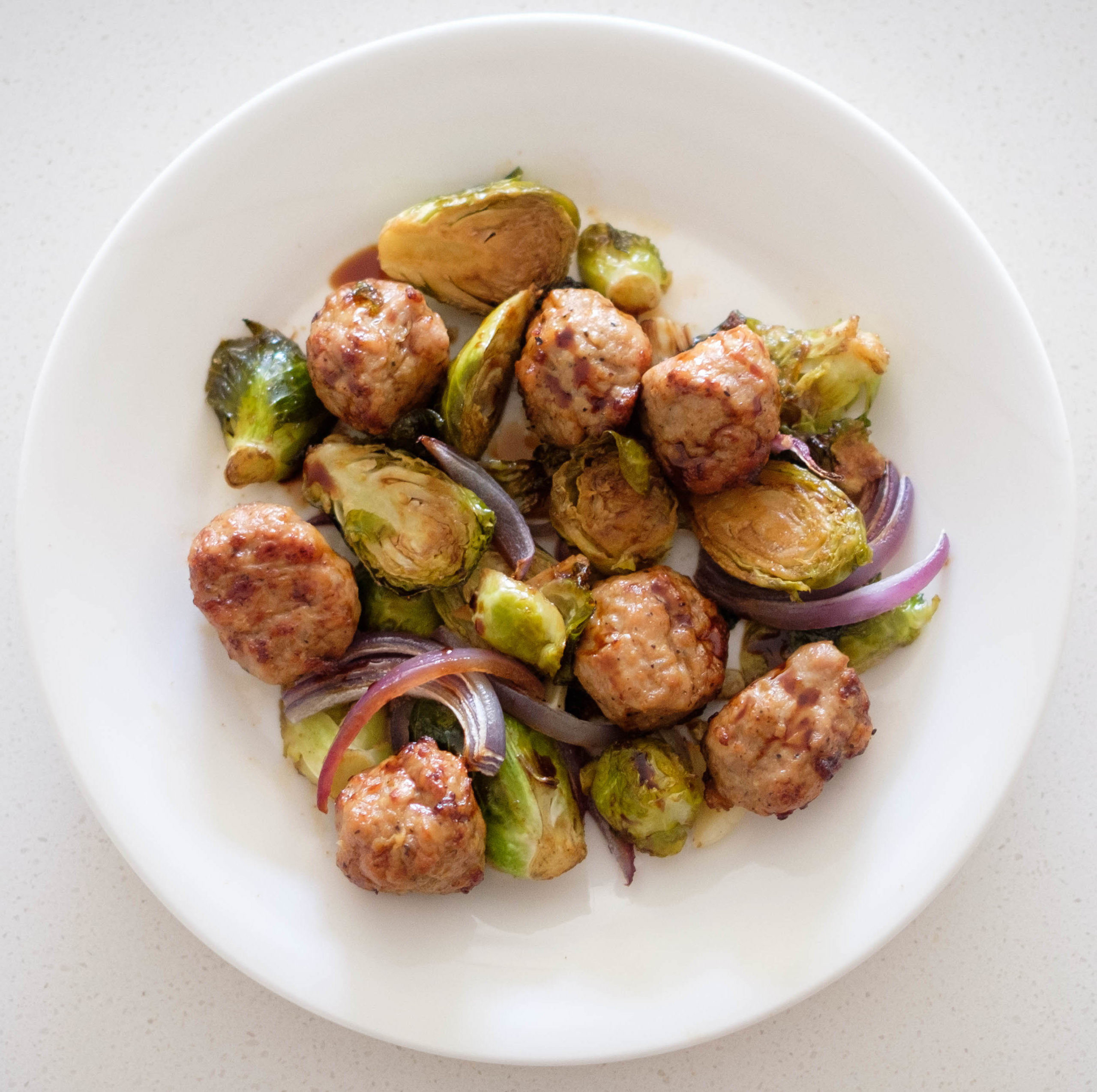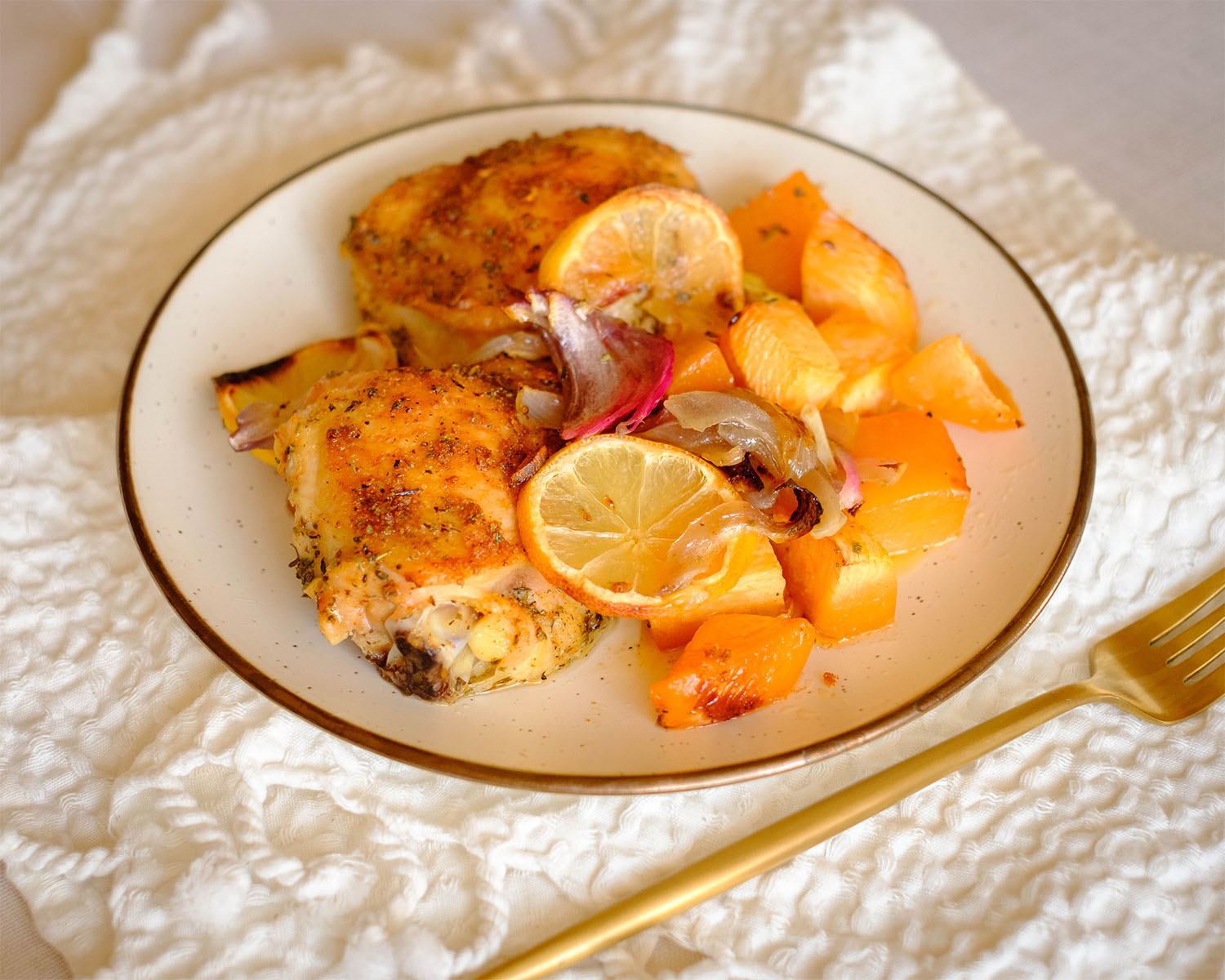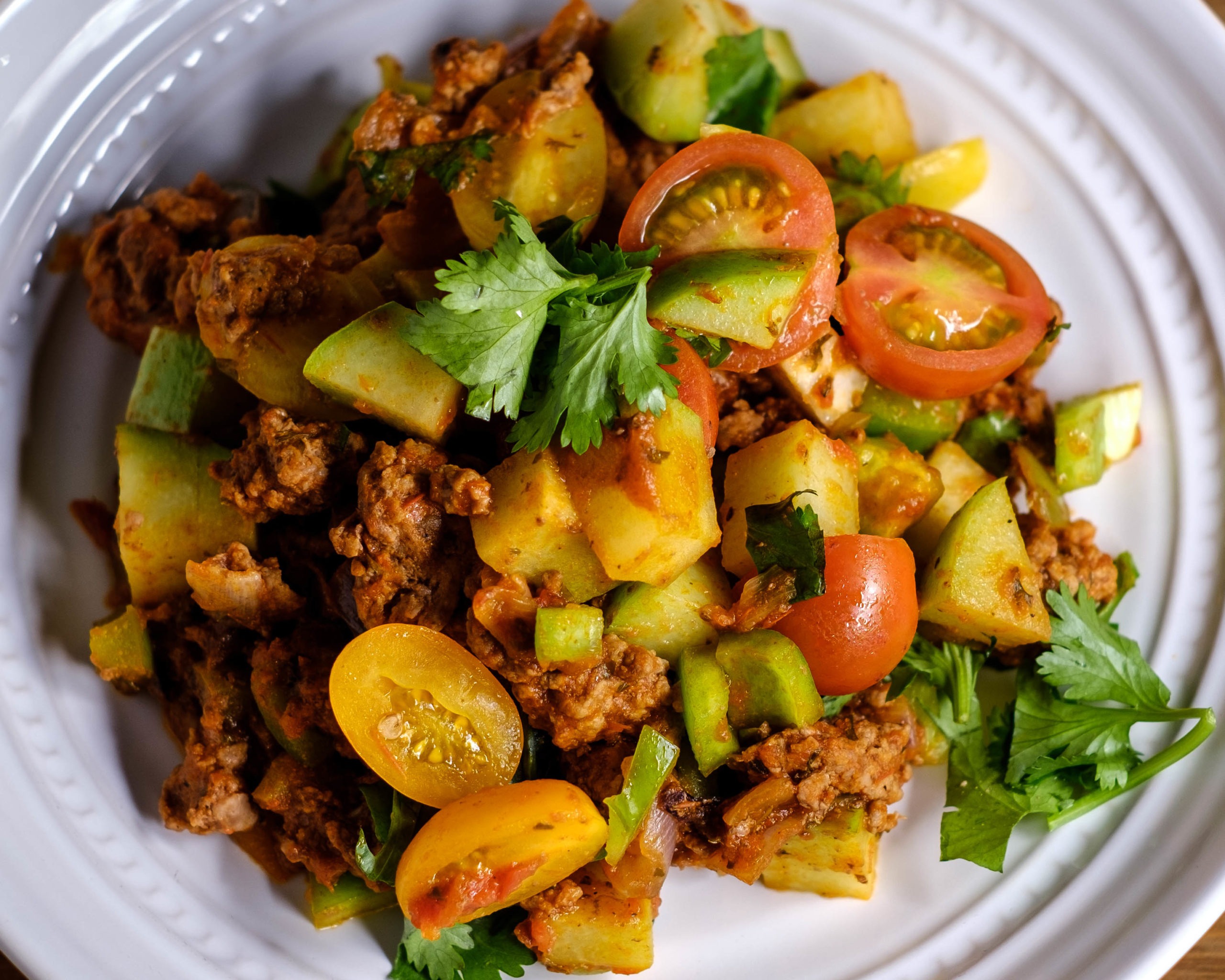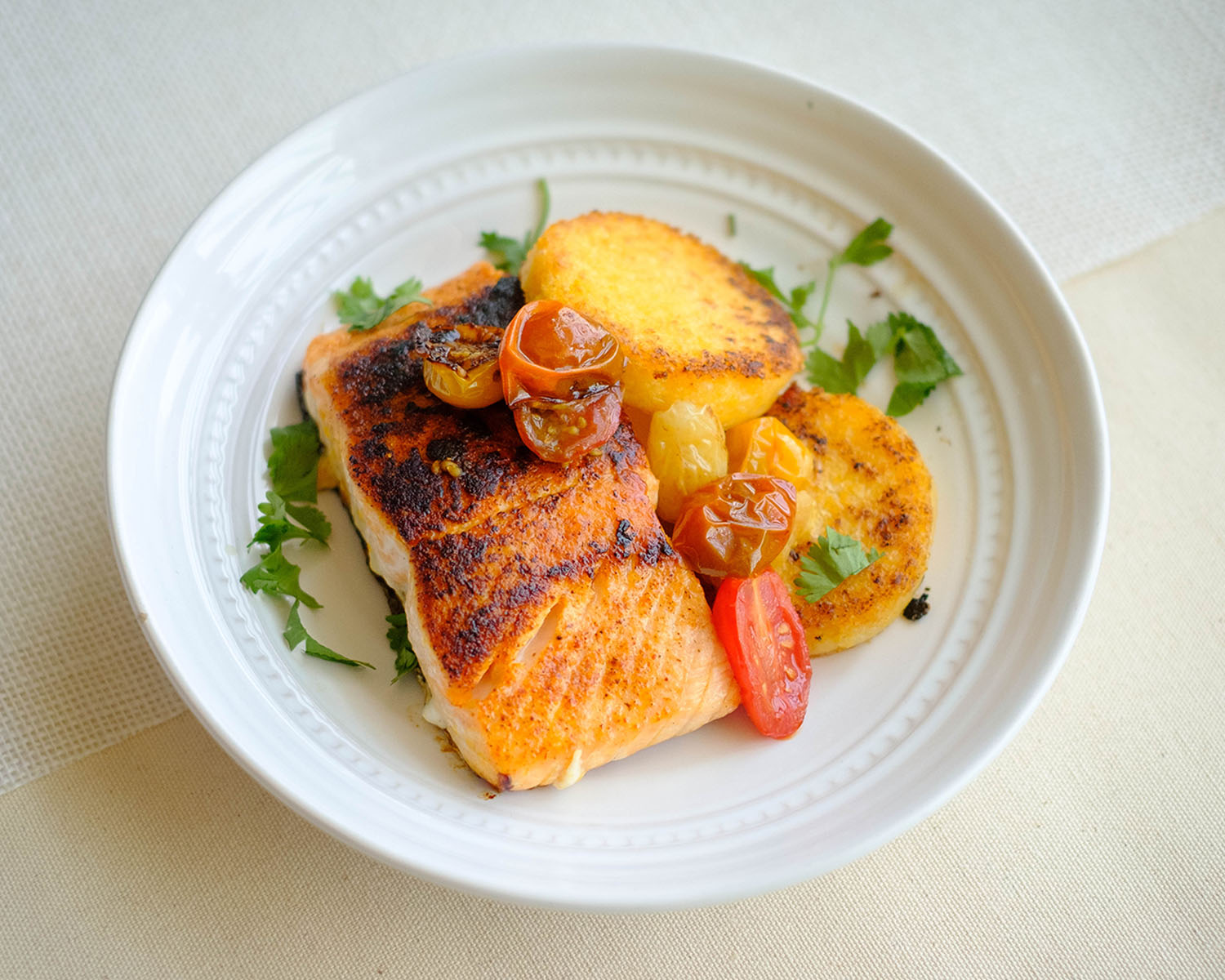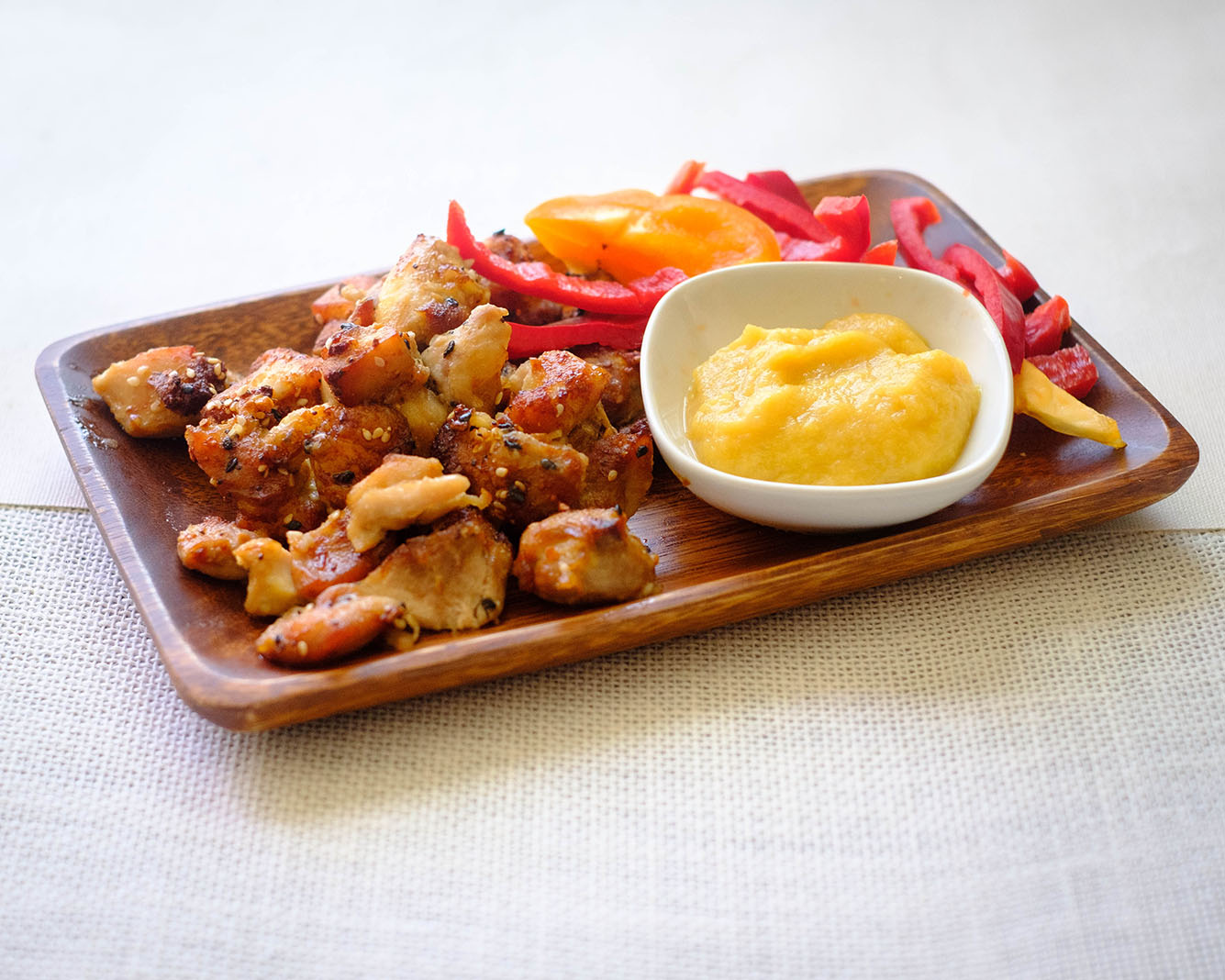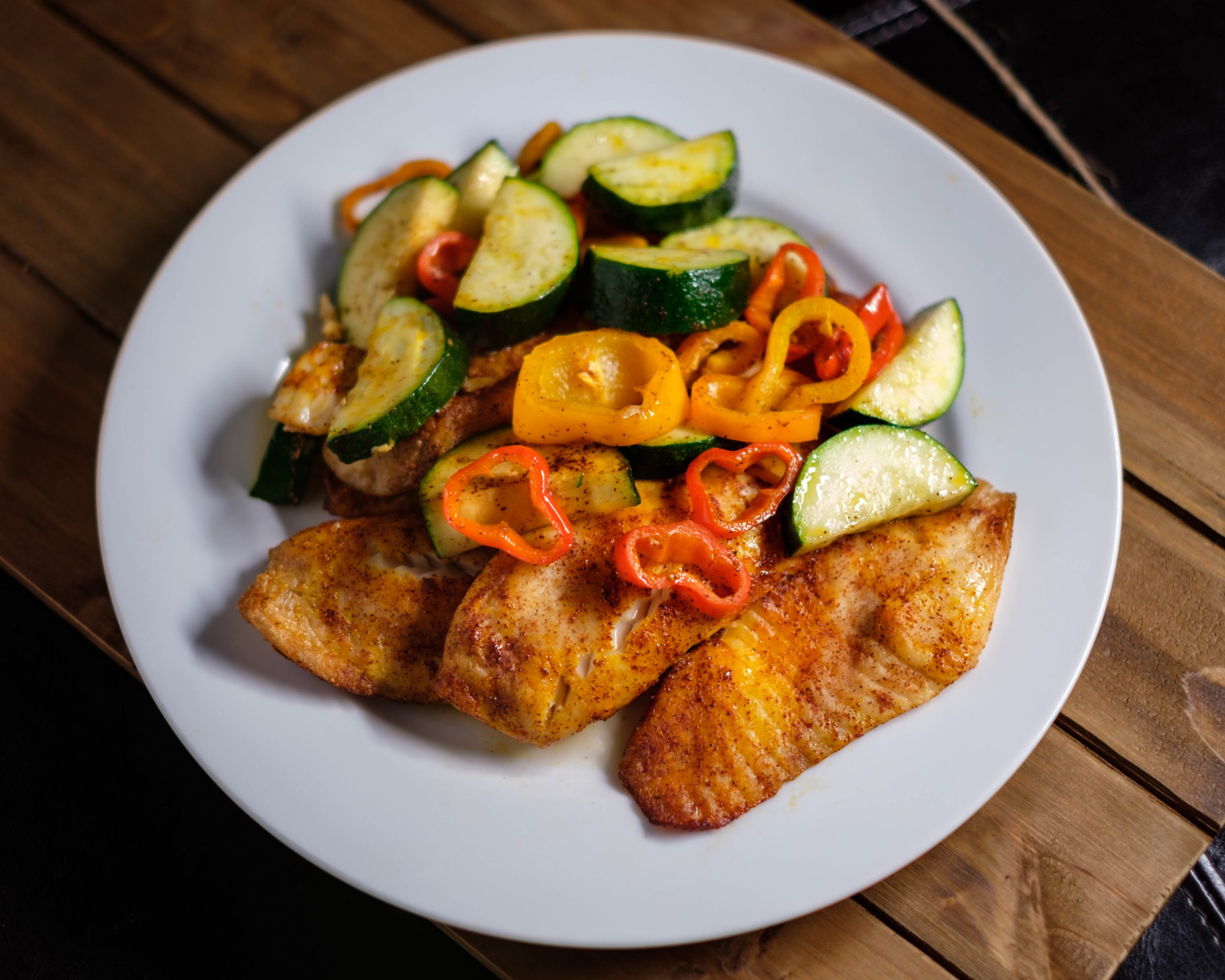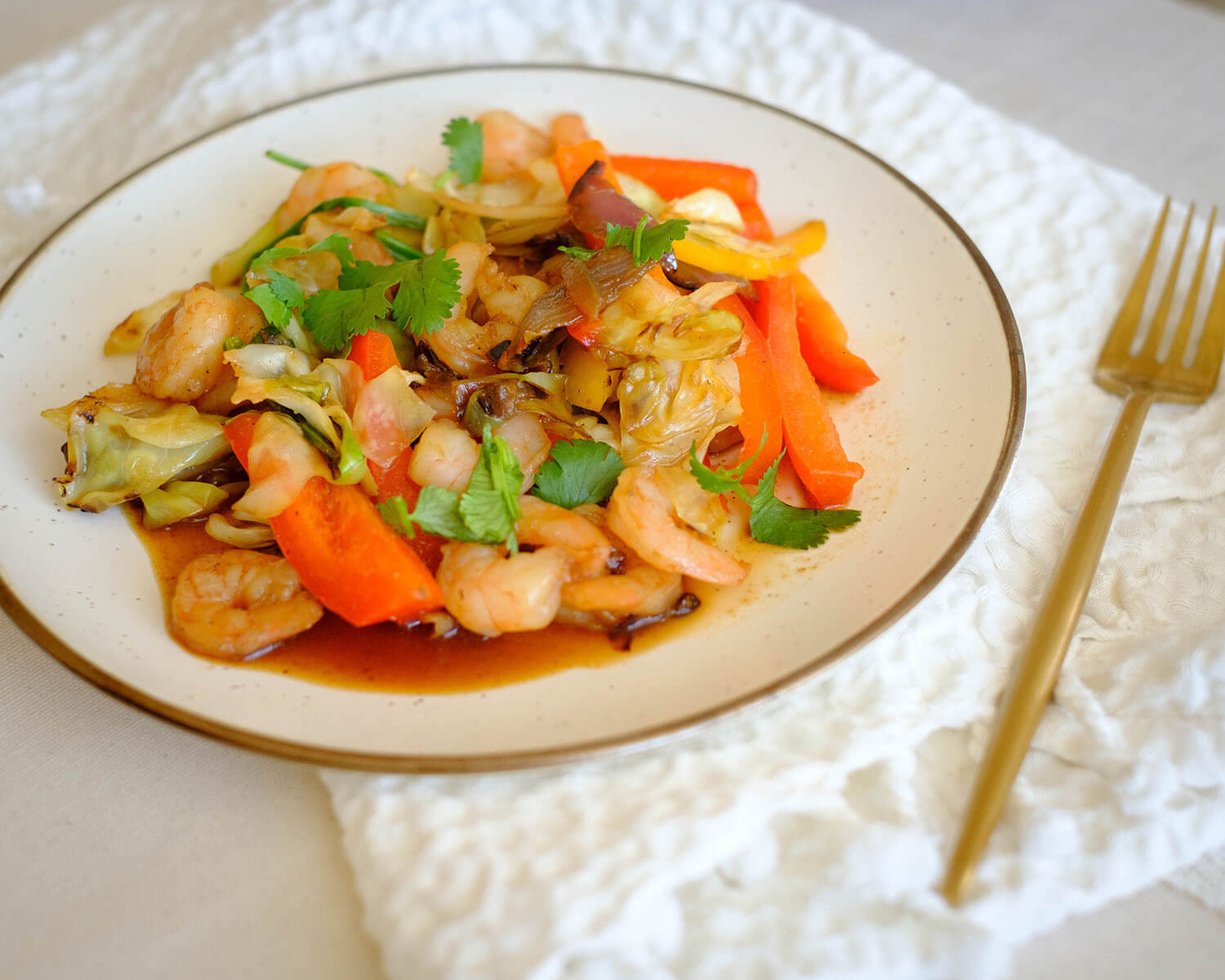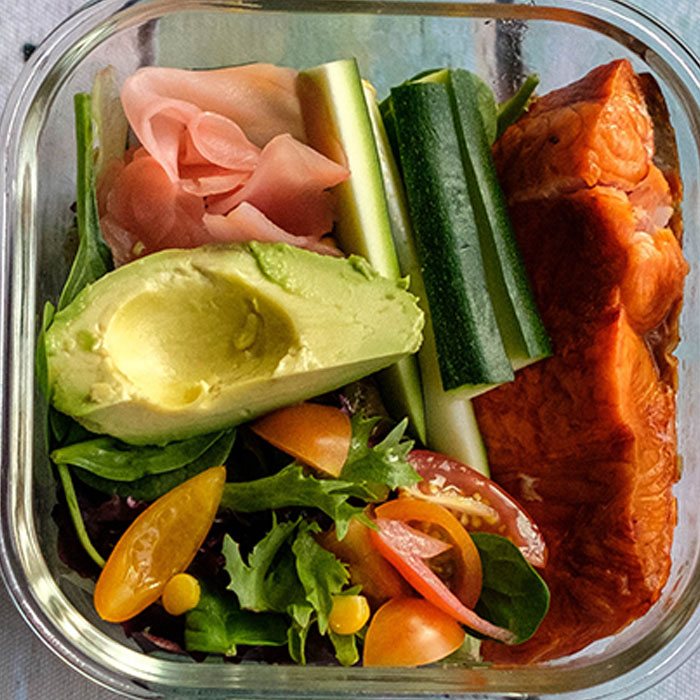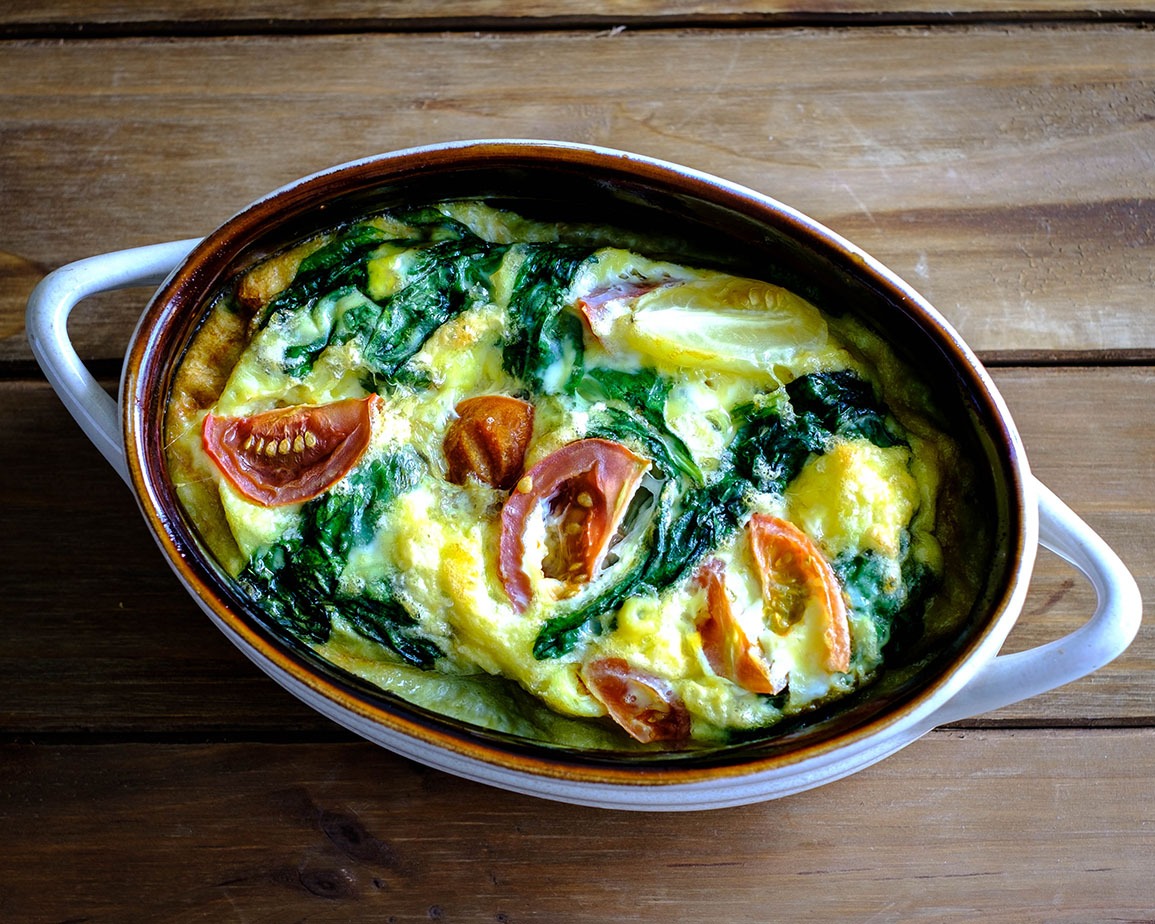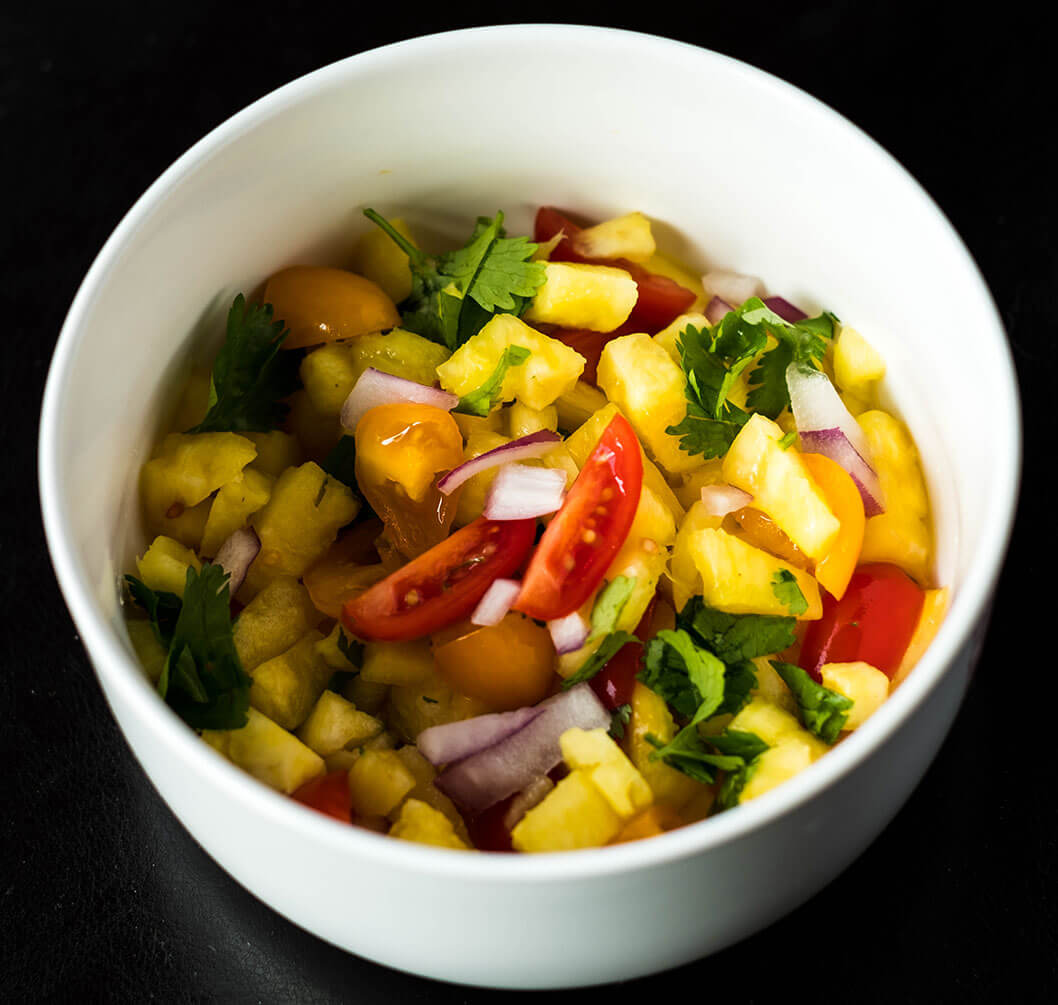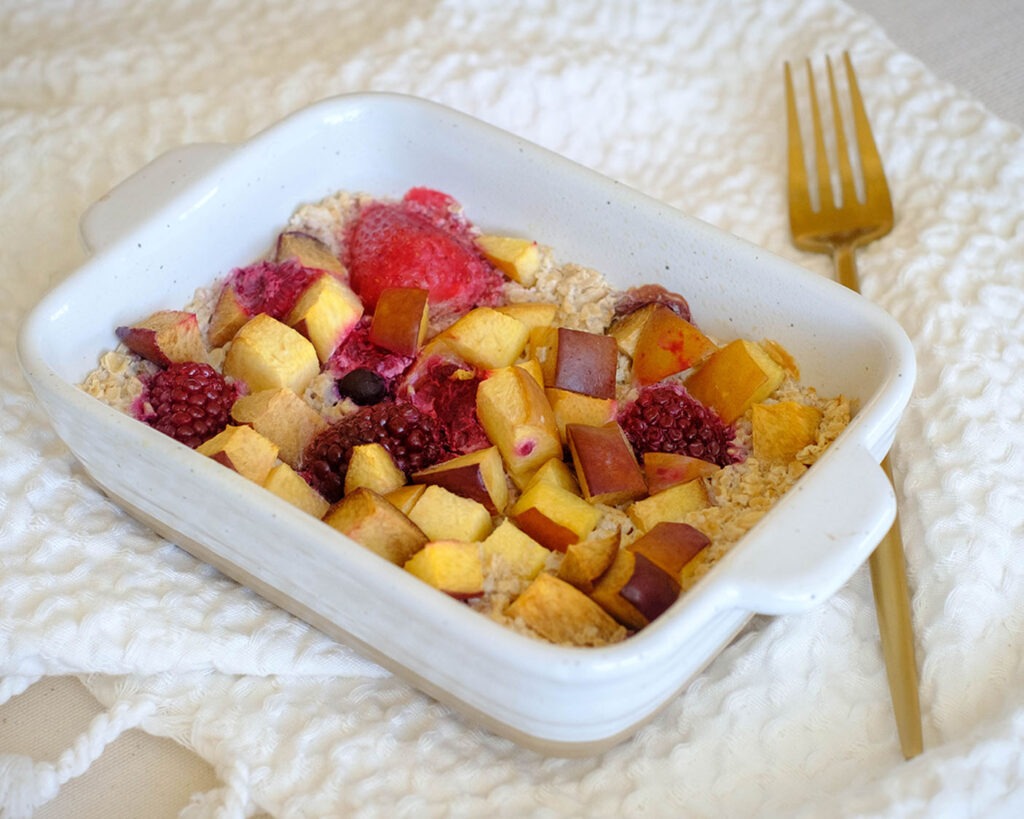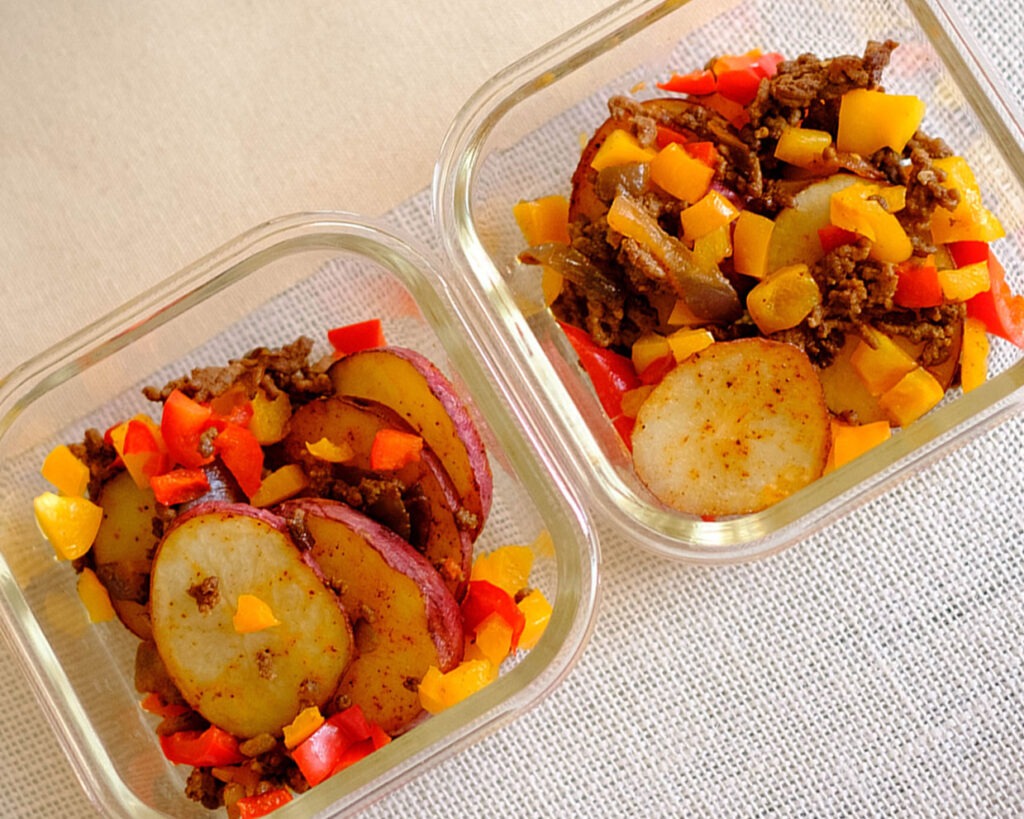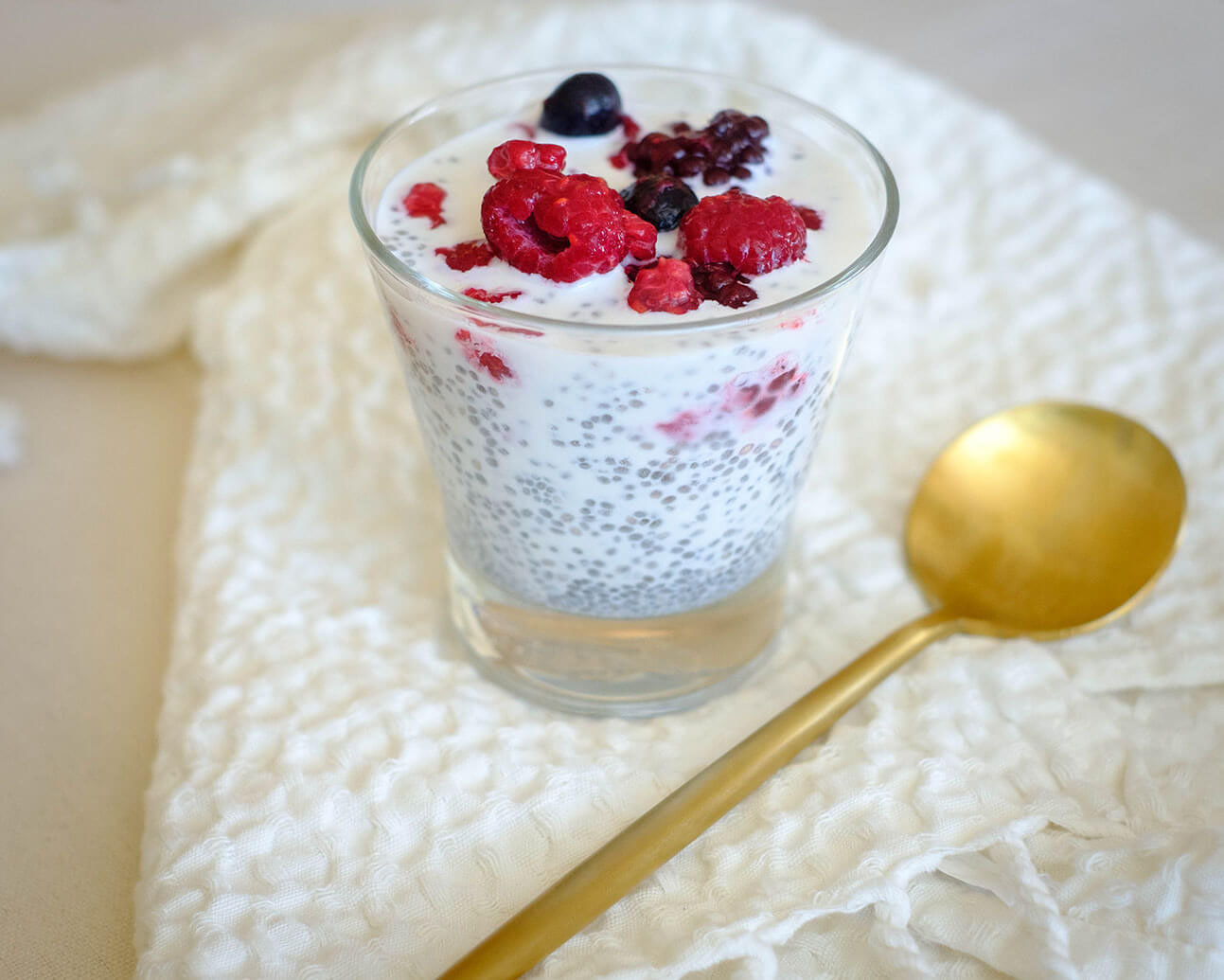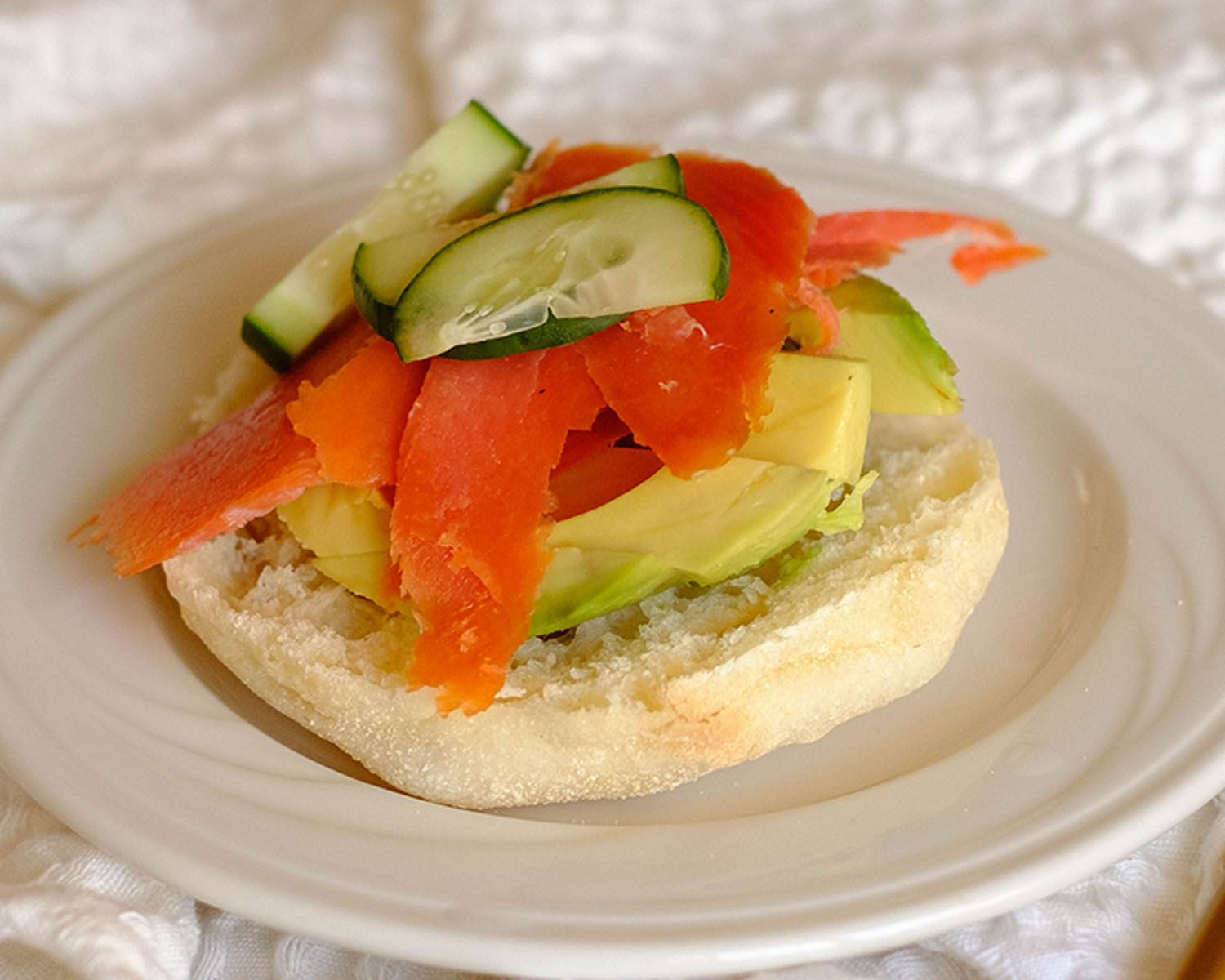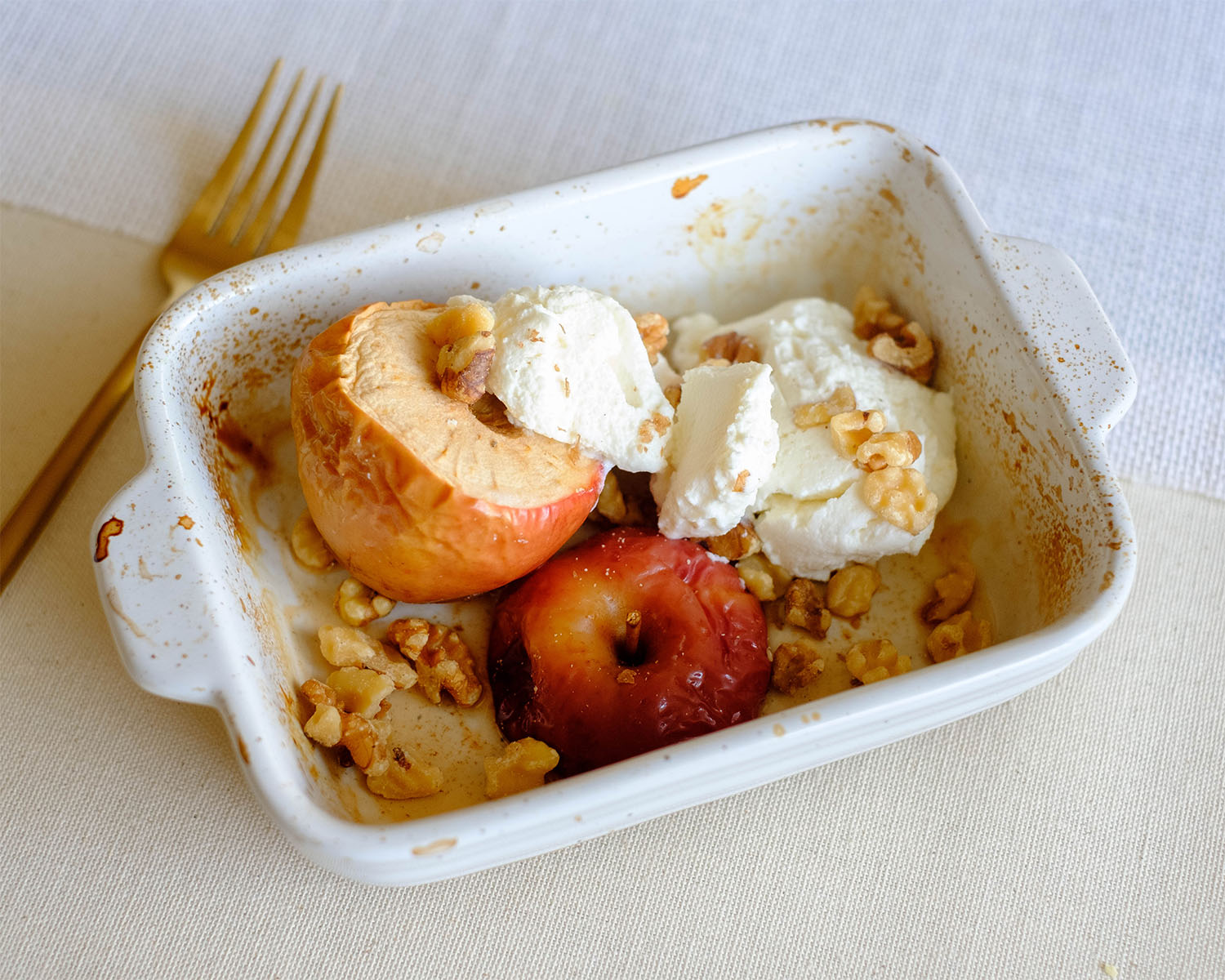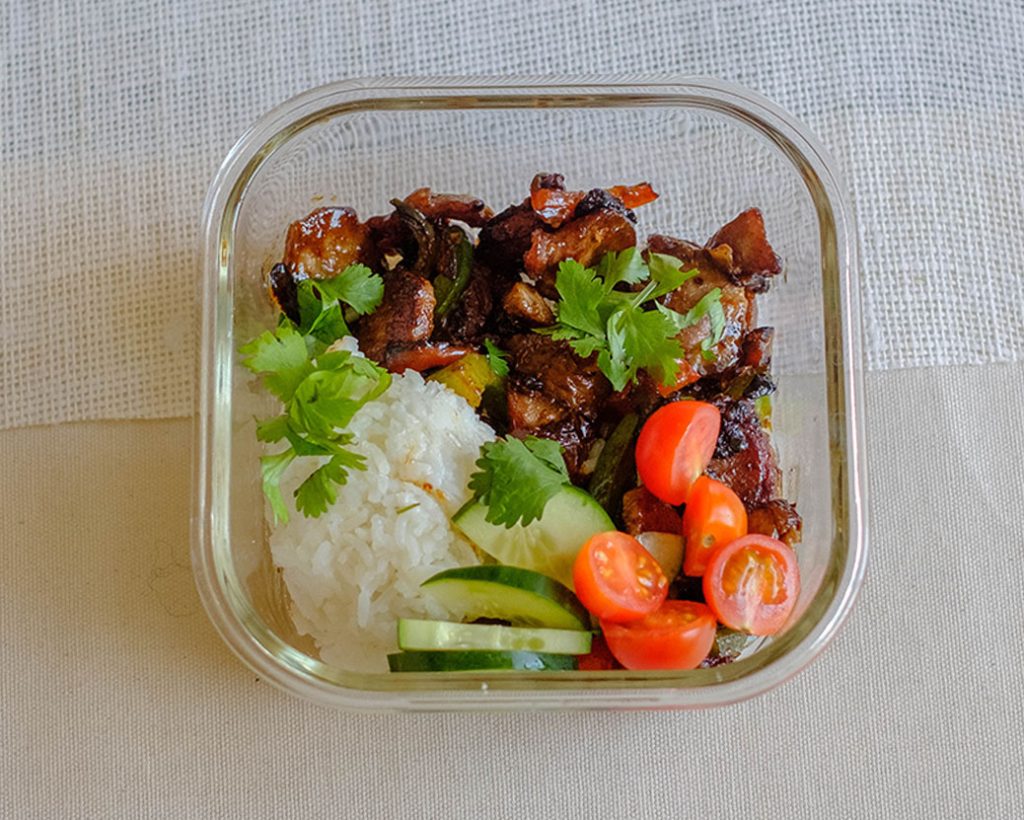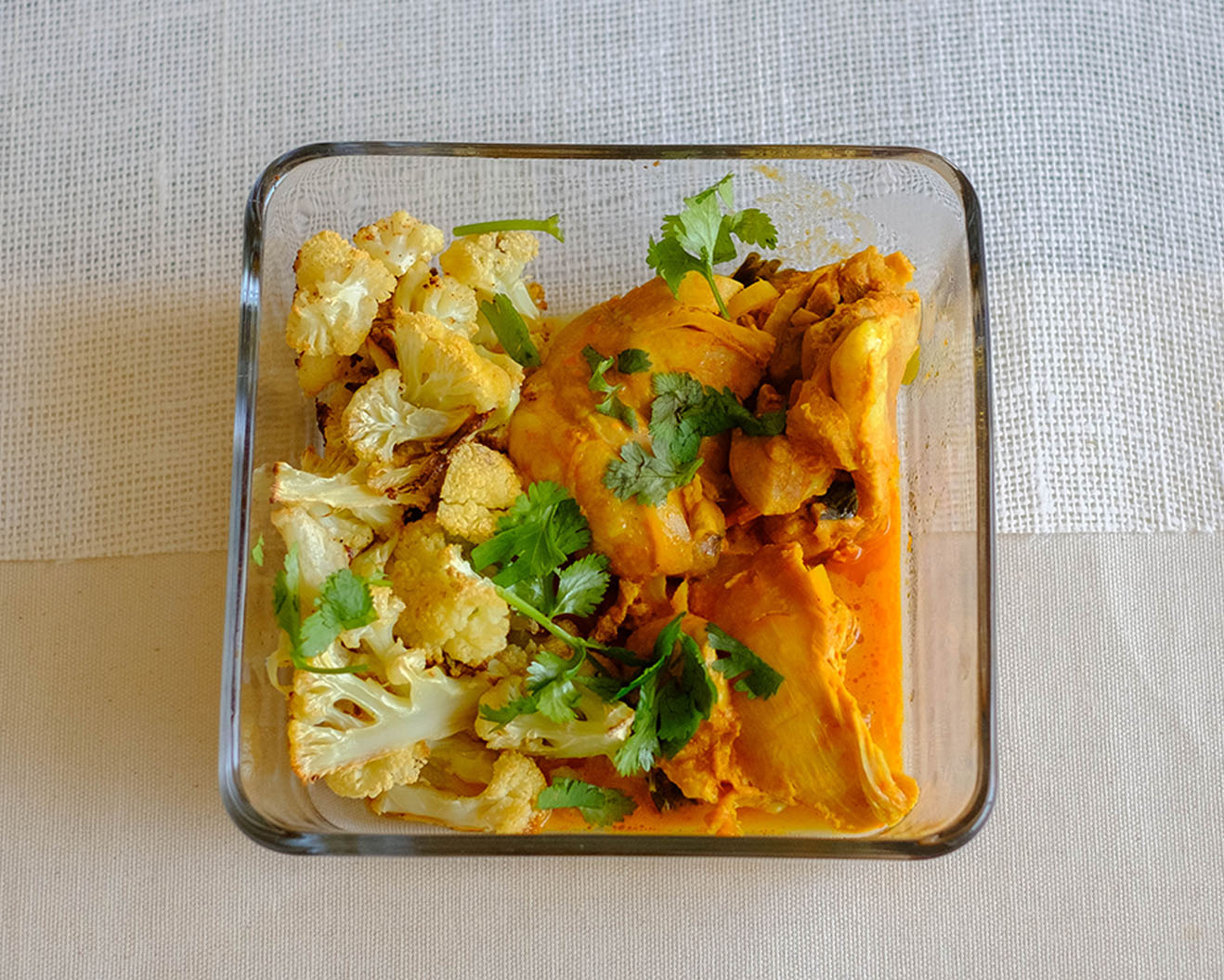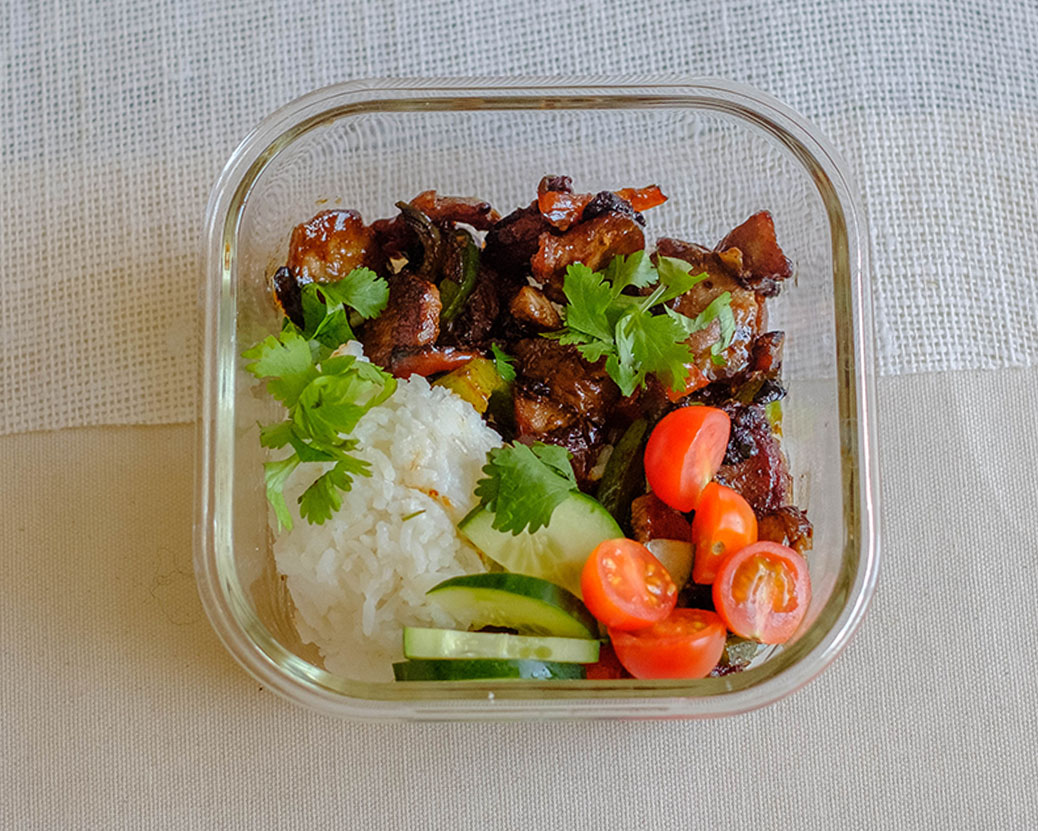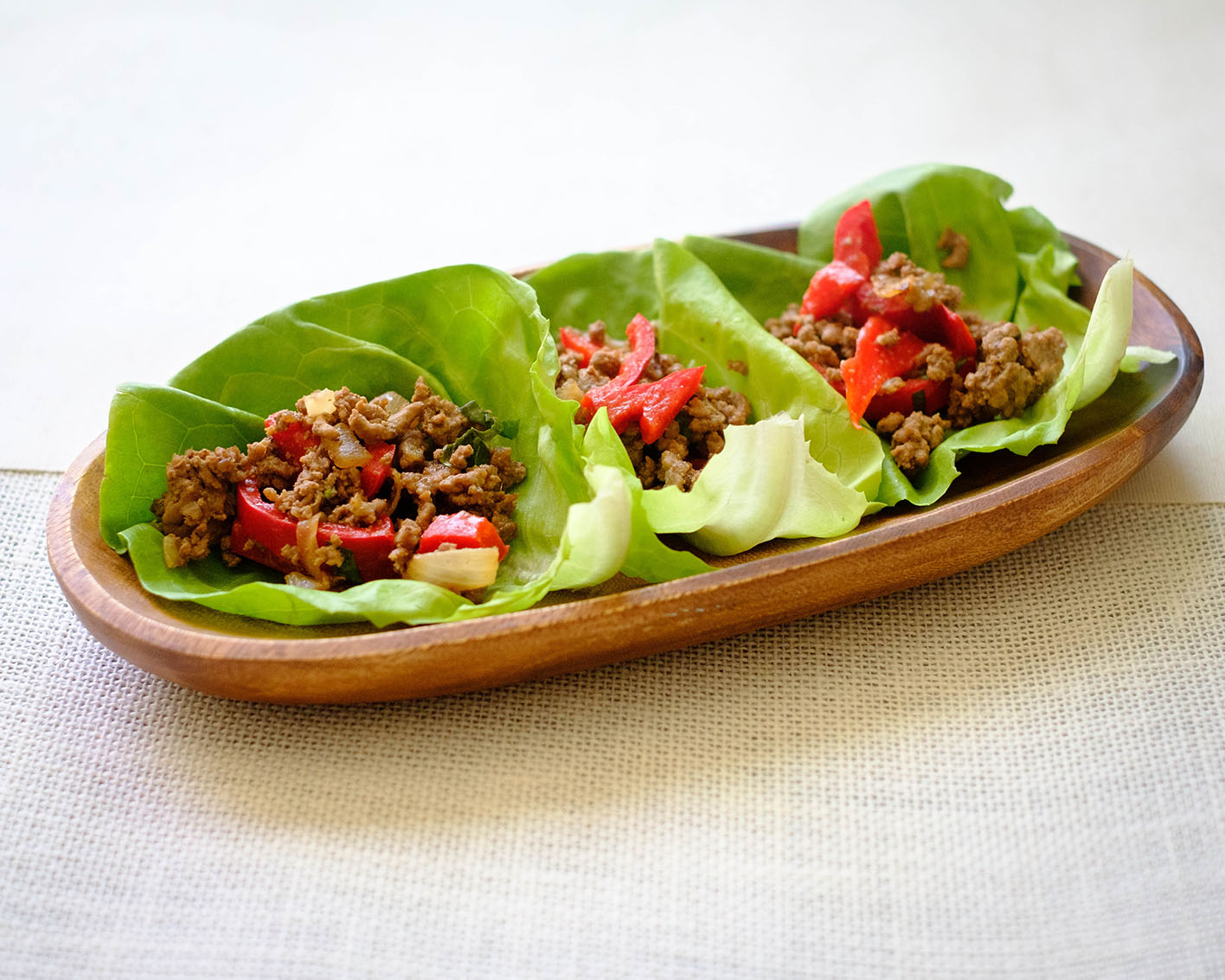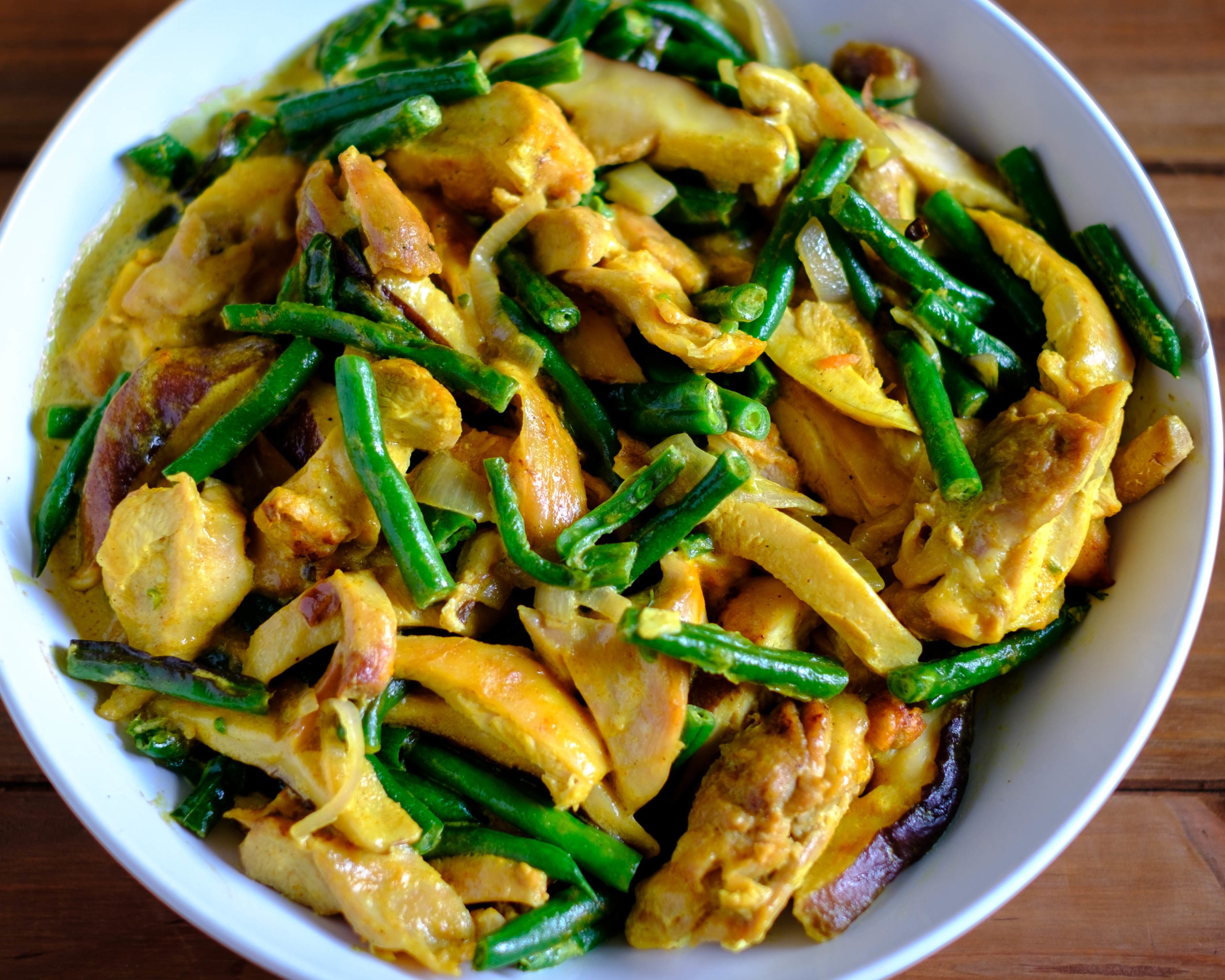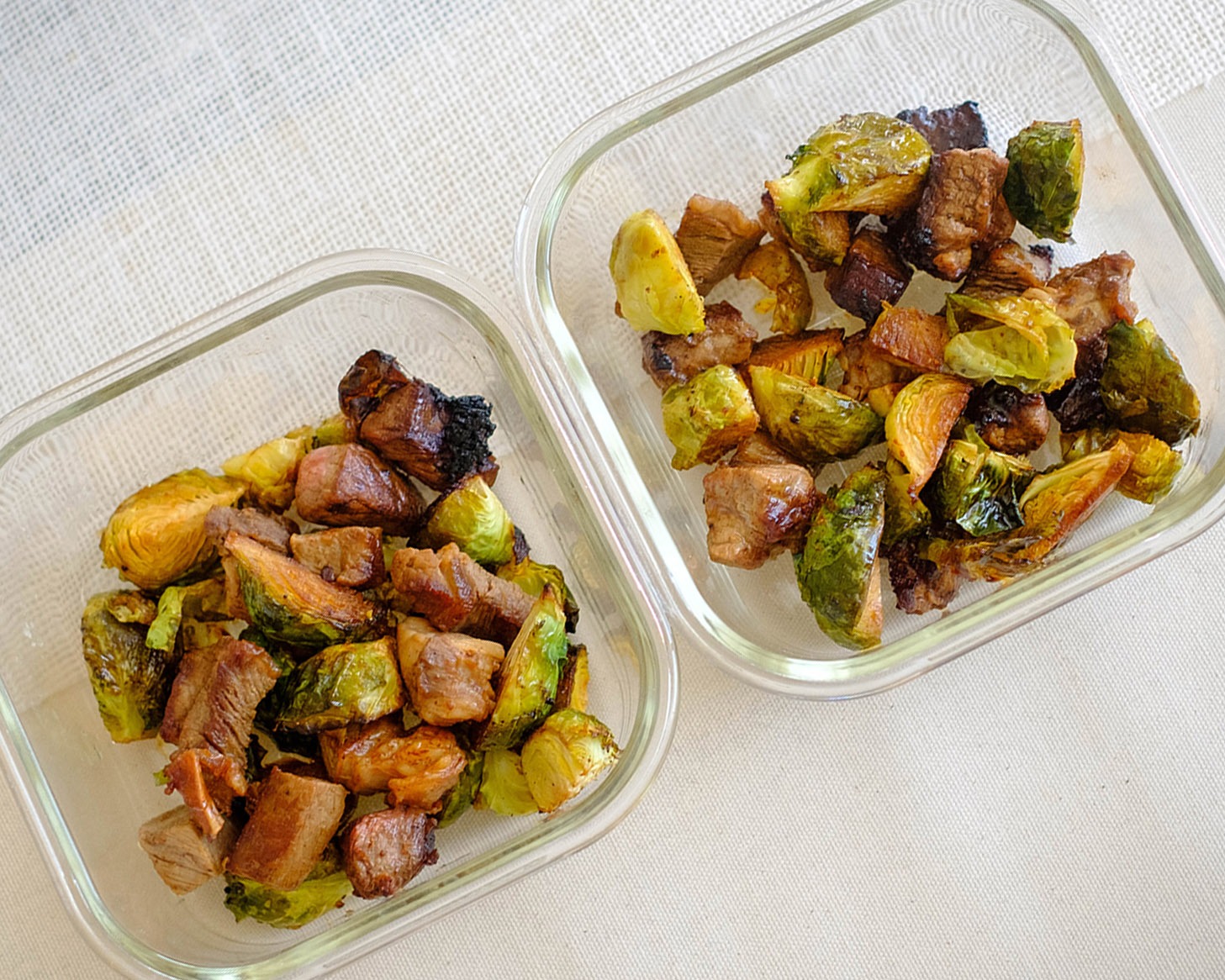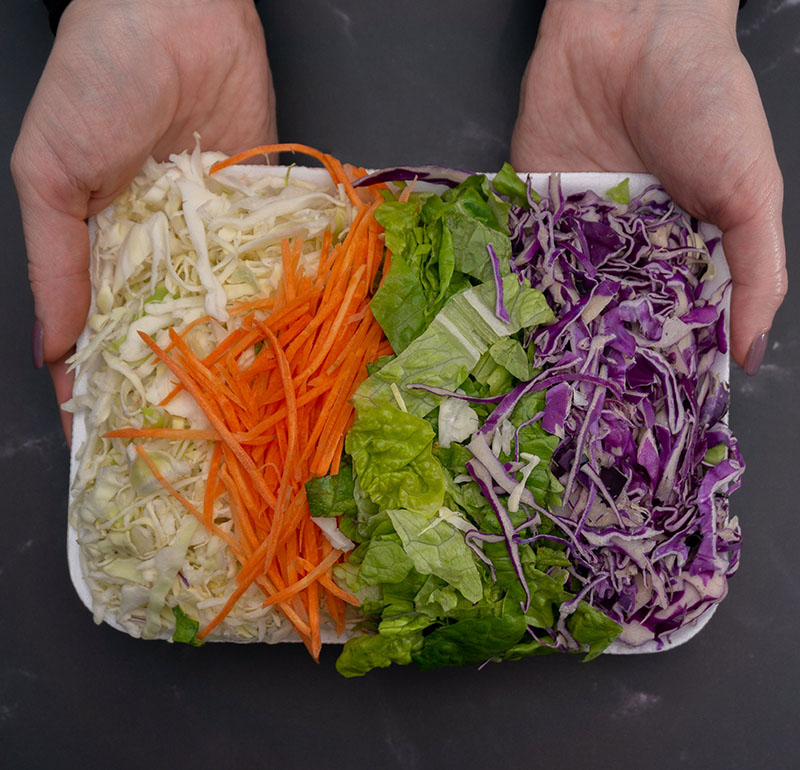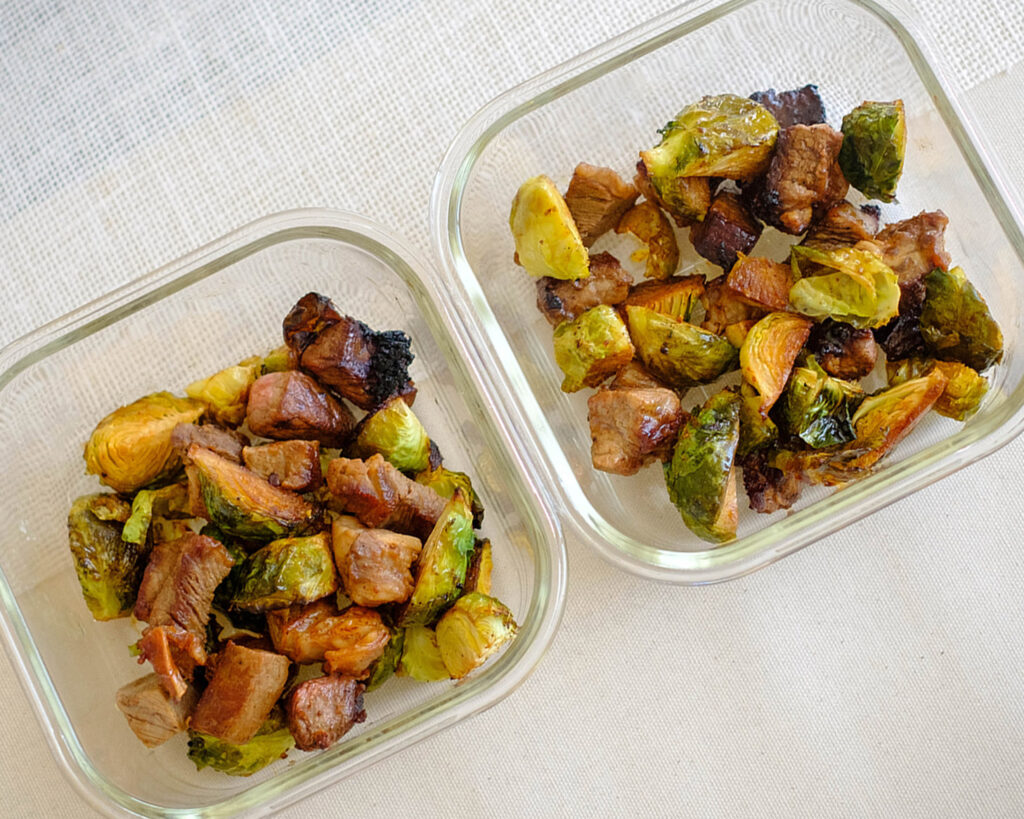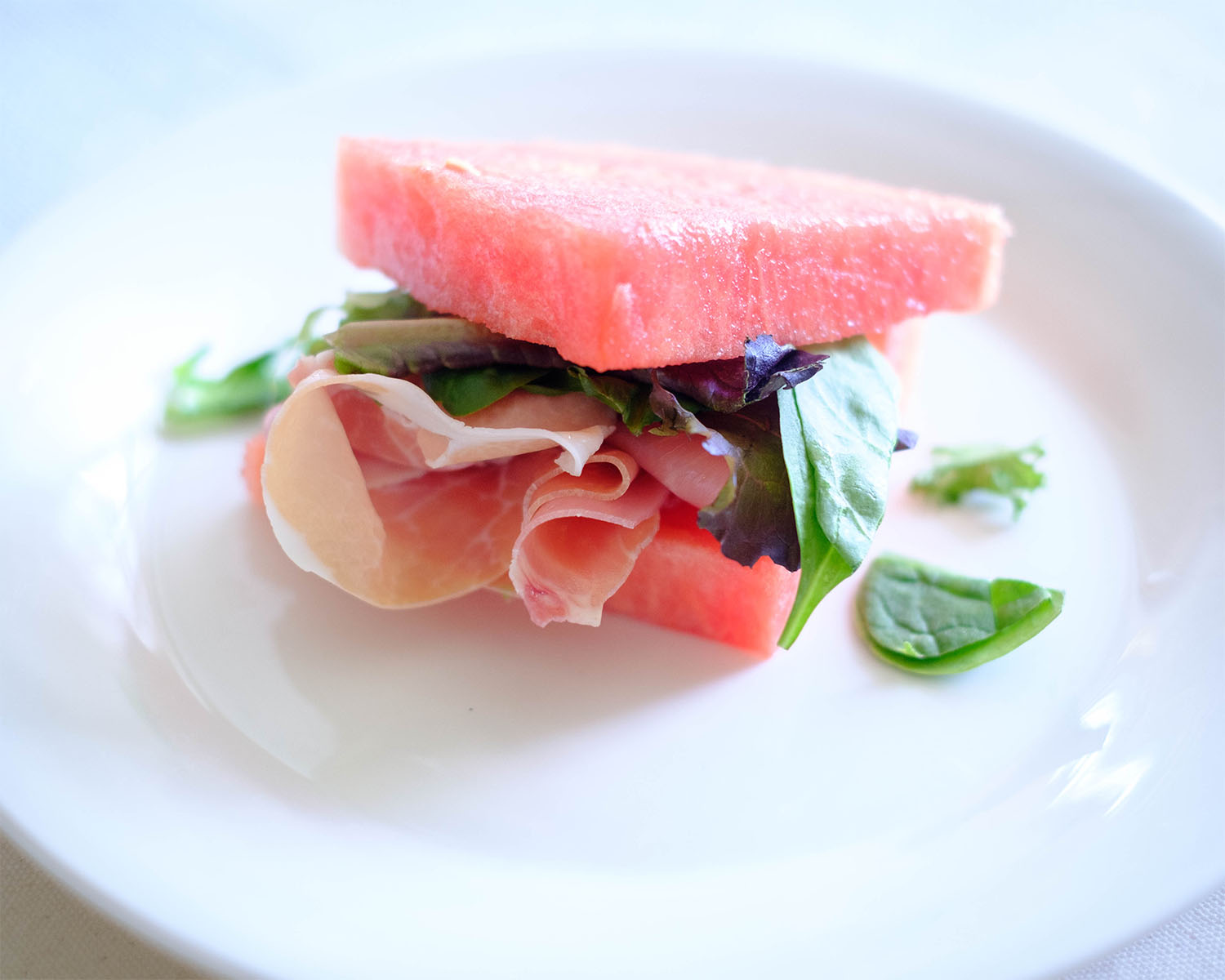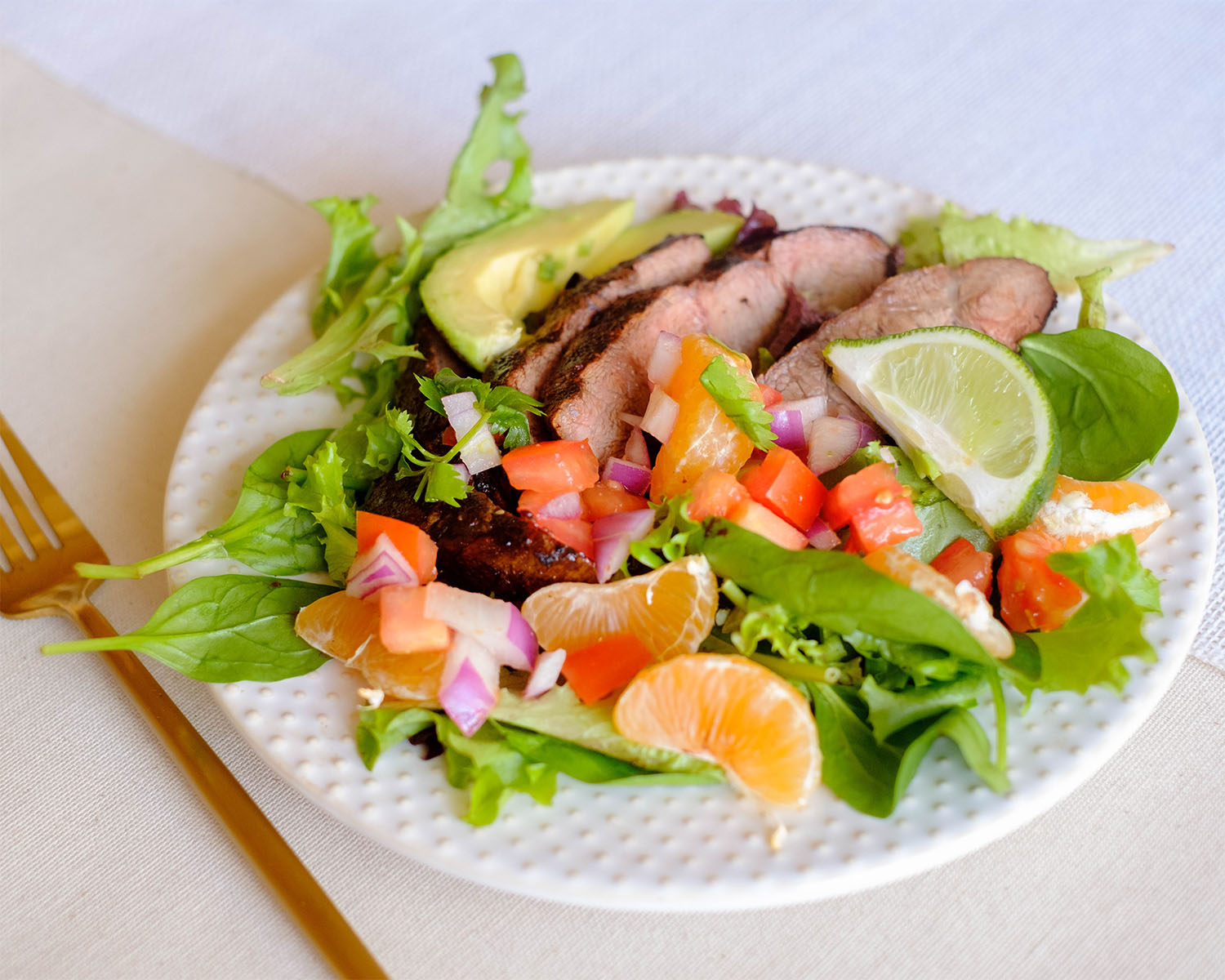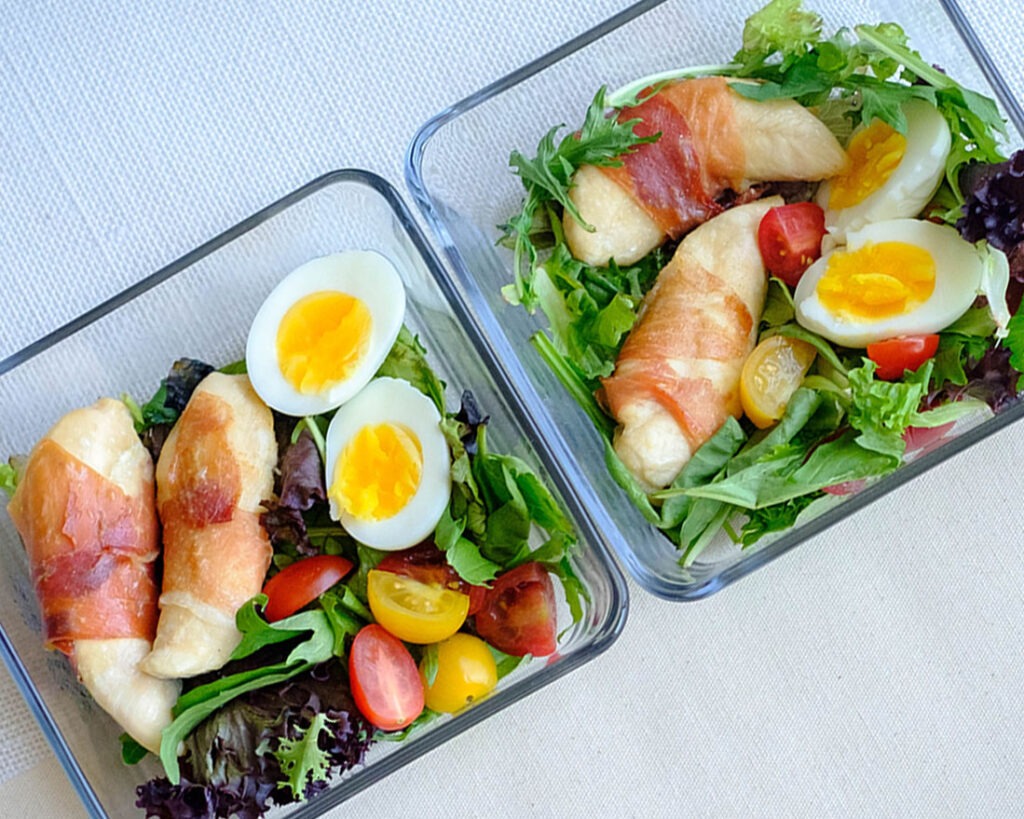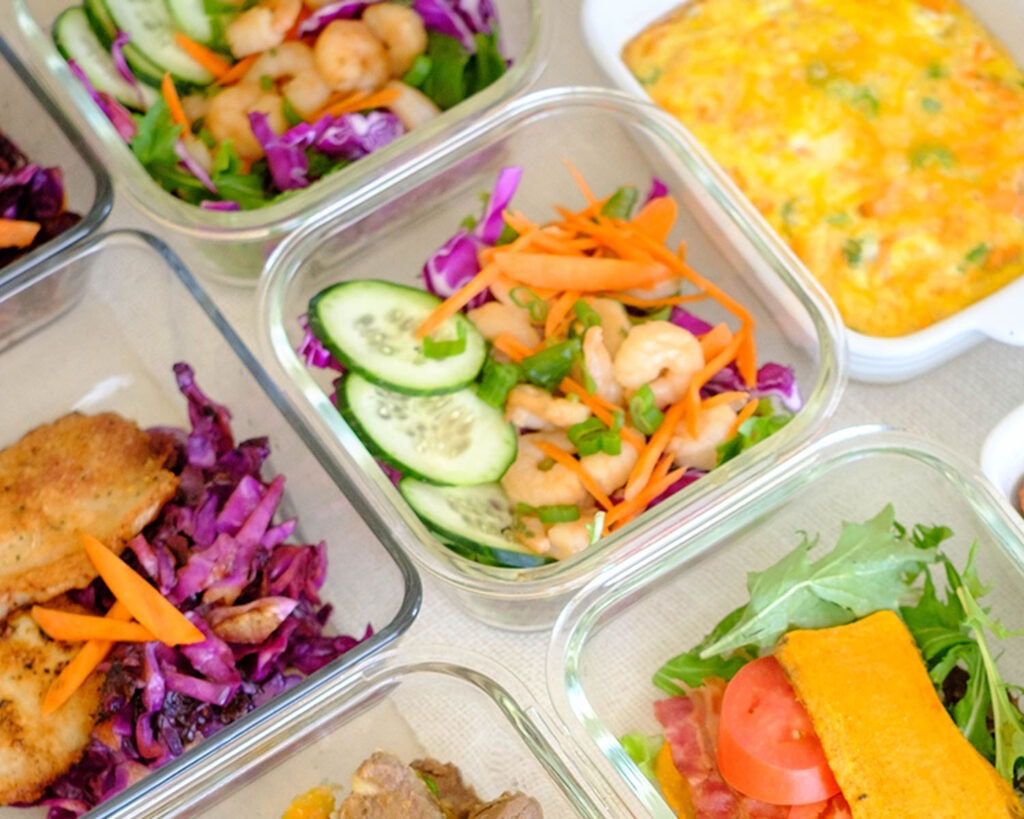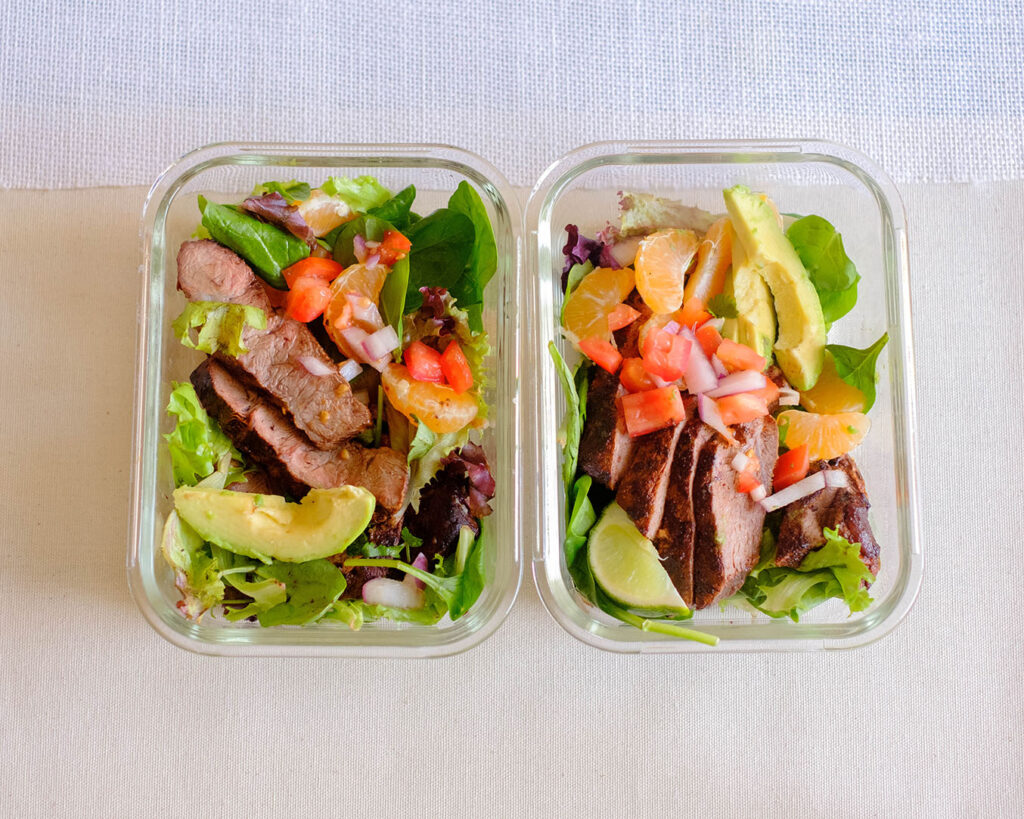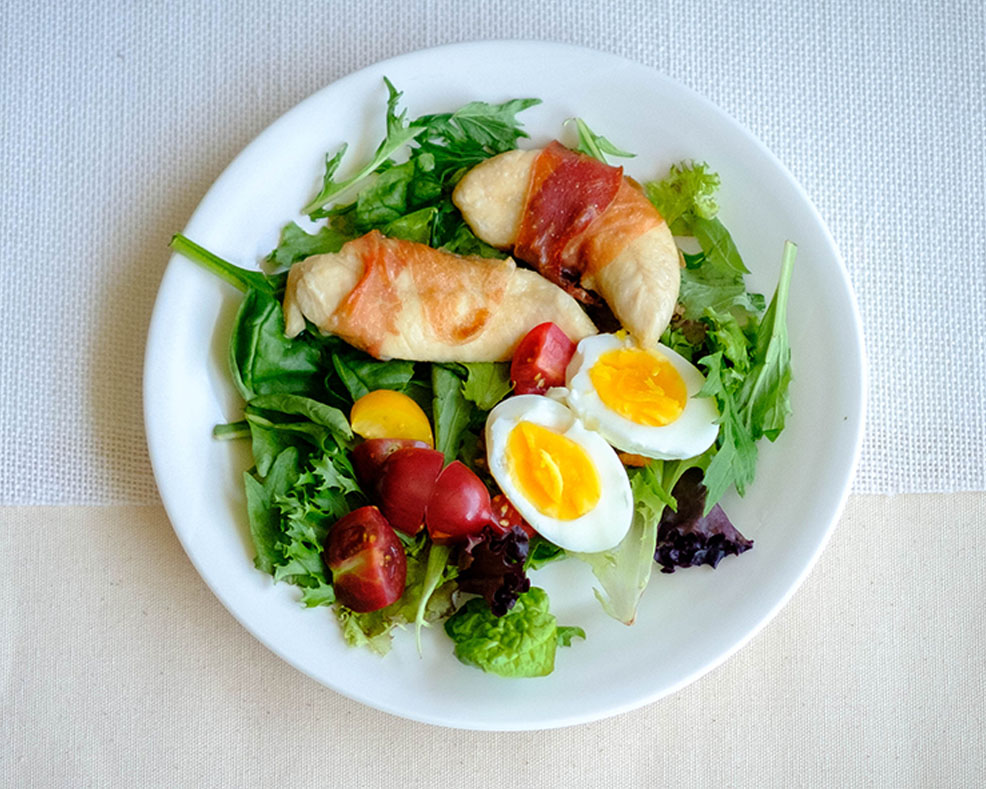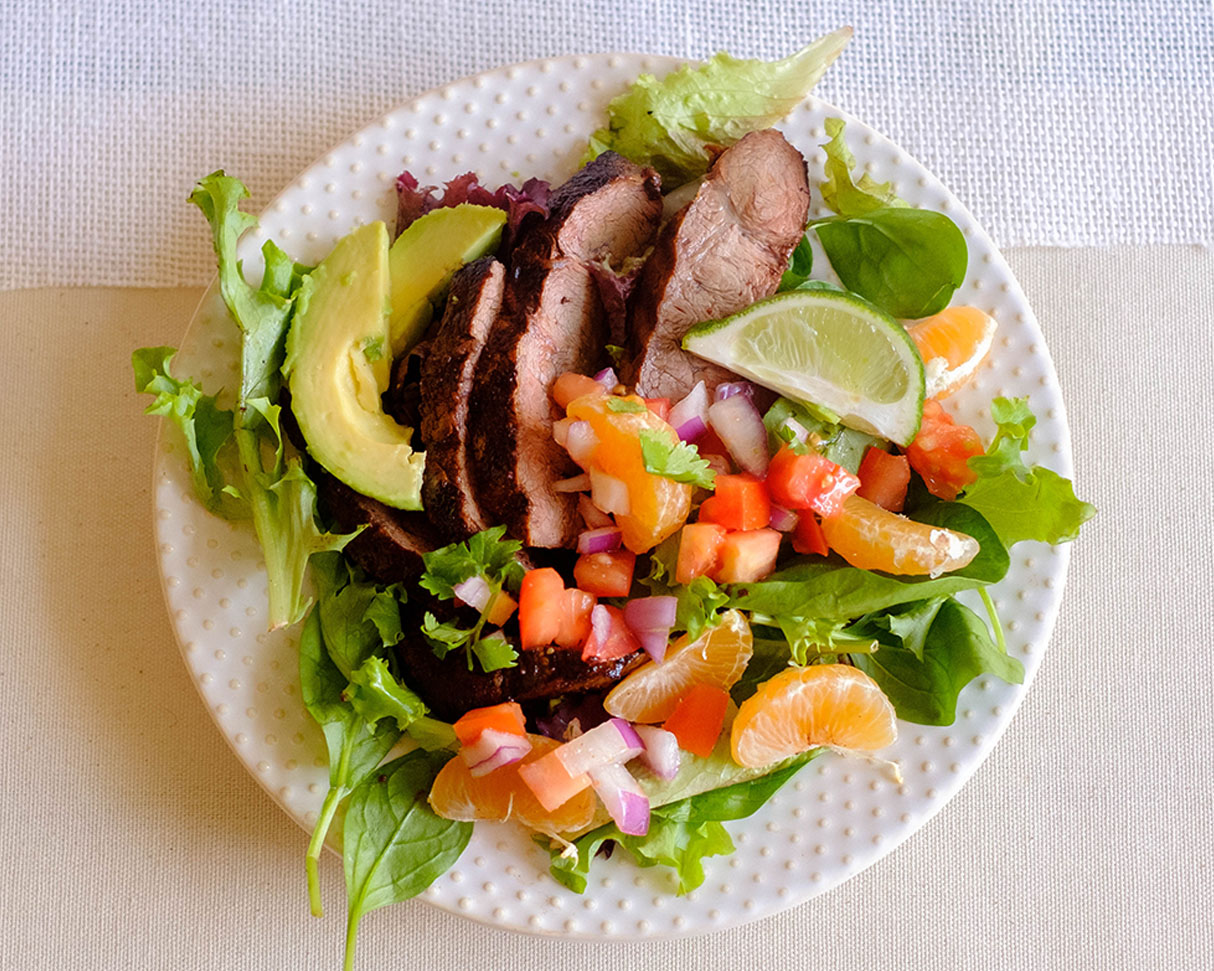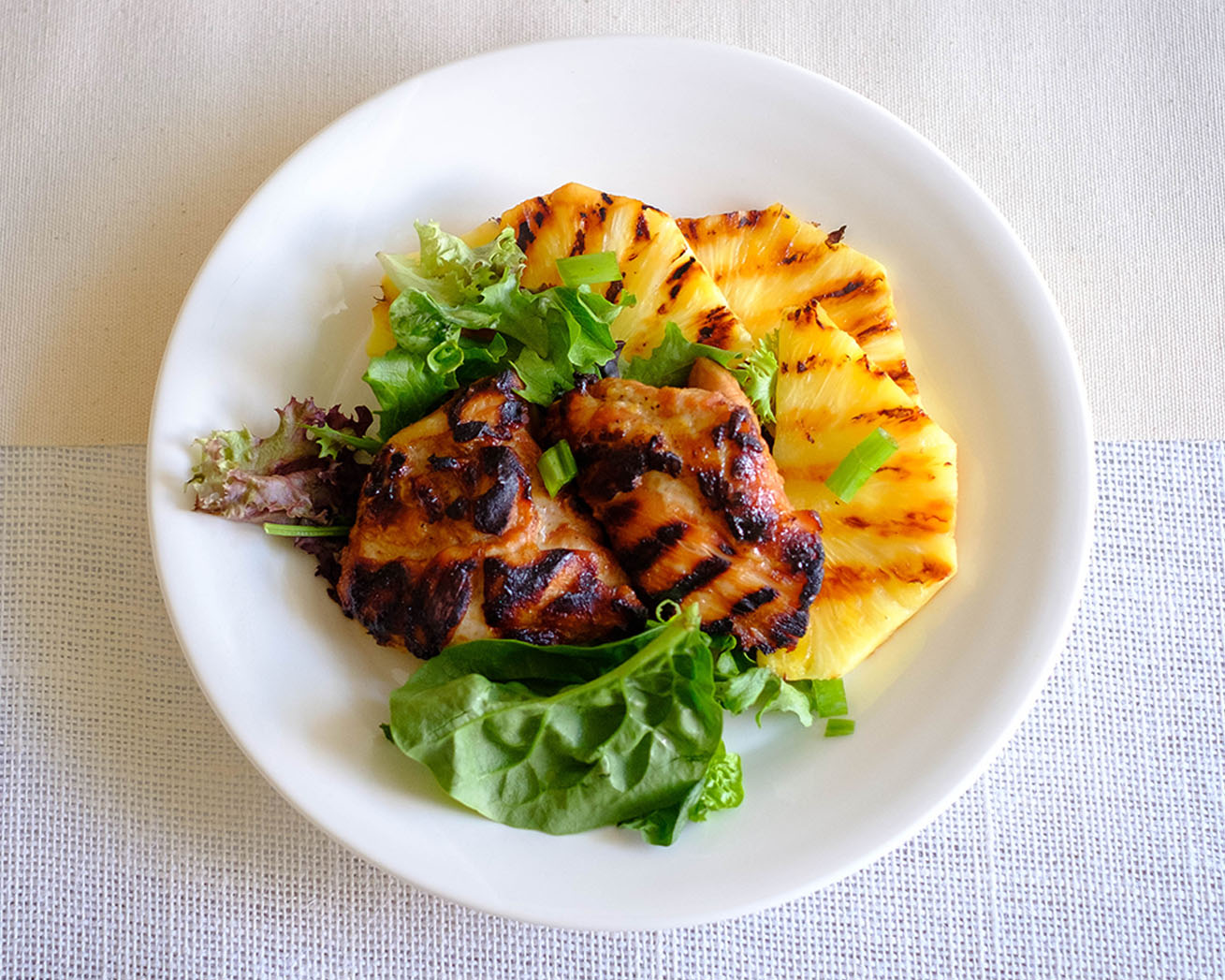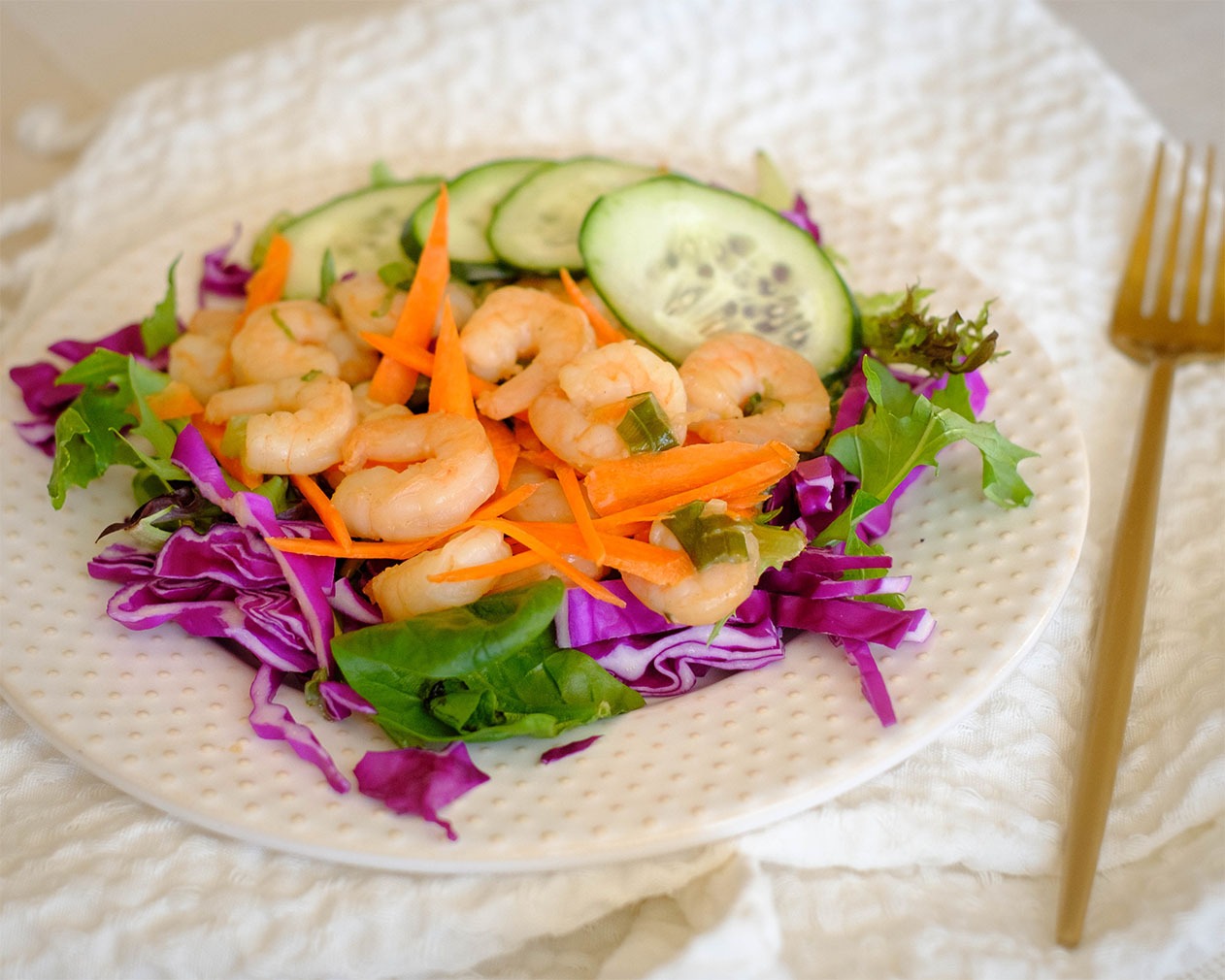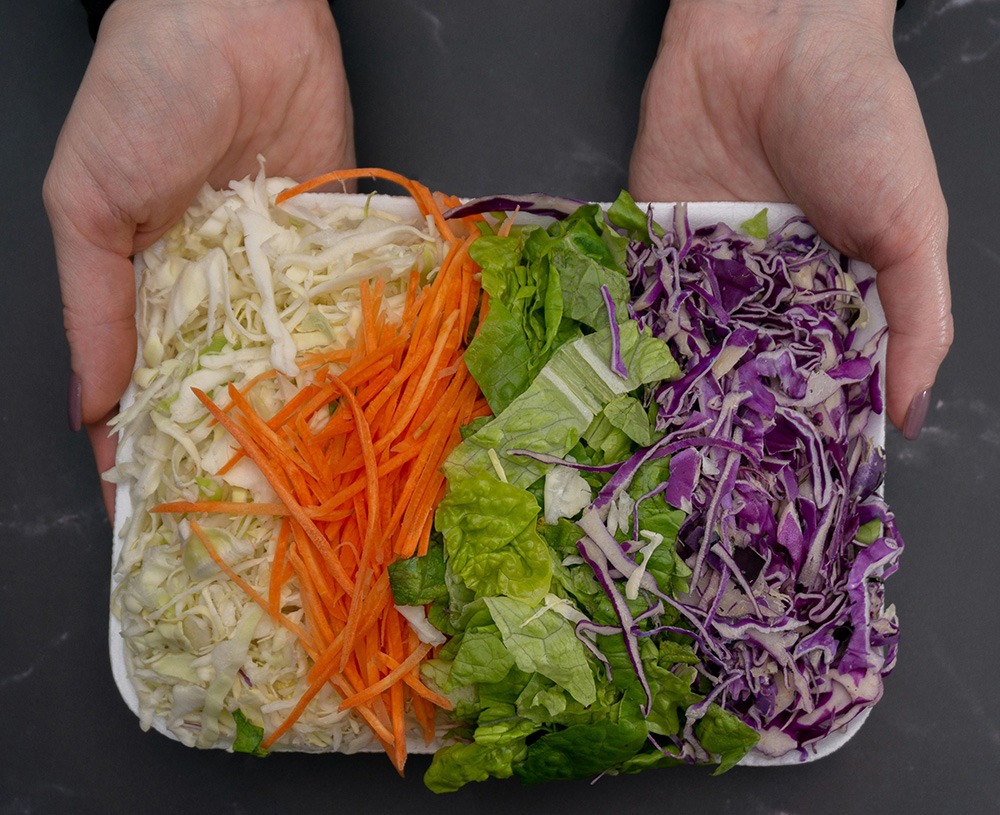
Meal prep shortcuts make meal prep easy. For many people the biggest reason for not meal prepping or falling off of a routine is the effort and time it takes to actually meal prep. These meal prep shortcuts and tips can make the process much faster and easier while retaining the nutrition and flavor.
Vegetables ready to go
Veggie steamer bags are incredibly quick, pre-seasoned, and there is a good variation. You match the right steamer veggies to your diet or your recipe. Whether it’s a side or the base for your meal, veggie steamers are one of the best ways to make meal prep easy and stay healthy.
Veggie pasta steamer bags are also popular these days. They cook really fast and easily in the microwave and can be a good base to a meal. Plus, they’re typically much healthier than traditional pasta so if you’re craving pasta but carbs are limited, look for veggie pasta in the freezer section.
Pre-cut veggies
Pre-cut vegetables can take a lot of the time consuming parts of meal prepping. Even using pre-washed veggies can save you a lot of time. It is a little more expensive but if it keeps you on your routine and out of the fast food then it’ll save you money and be healthier. Consider pre-cut carrots, shredded lettuce, diced onions, and pre-minced garlic. Make meal prep easy and you’ll find yourself far more inclined to cook rather than order out.
Frozen fruits
Fruit is an important and delicious part of a meal plan however everyone will waste fruit sometimes. Some fruits go bad so quickly or you are finishing up a meal prep set before you get to your fruit and it goes bad. It’s a waste of food, money, and now you have to buy more. You may also not realize that the fruit has gone bad until you go to use it. This can ruin a whole meal. Let’s face it, yogurt isn’t the same without some strawberries or blueberries.
Frozen fruit can make meal prep easy. Frozen fruit can last up to a year in the freezer and taste just as fresh as the day it was frozen. If you’re making smoothies you can add frozen fruit directly to it. You can also simply thaw it in the fridge overnight or microwave them for immediate use. For larger fruits such as Strawberries, set the time to 60 seconds. For smaller fruits such as Raspberries and Mango set the time to 30 seconds. Set the time to 15 seconds for Blueberries. Test the fruit by taking a small bite to determine if they’re still frozen inside and if so, give them another 10 seconds. Now you can have delicious fruit on hand without the fear of wasting it every week.

Microwavable Instant Rice
One of the best meal prep shortcuts is to use microwavable rice packets. Rice packets provide 2-3 servings and with a short tear at the top before microwaving for 90 seconds you can have delicious rice with any meal. There are also tons of flavors to pick from so you can try different combinations or experiment with different cuisines without worrying about cooking rice. These rice packets save so much time and effort. They’re especially great if you realize too late to cook that a pre-planned meal is falling short of the calories you need or just isn’t filling. Grab a packet of rice and cook it at lunch with your meal.
Pre-cooked ingredients
A lot of people think that cooking at home and meal prepping means everything has to be purchased raw and cooked by hand. In reality, most meal preppers take as many shortcuts as they can. Everyone is busy and the easier you can make it on yourself to cook meals for the entire week the better. One of the most time consuming parts of cooking is preparing proteins. Pre-cooked chicken, bacon, sausage, shrimp, and beef patties as well as smoked salmon can make meal prep easy. Most of the time you just need to pull it out of the fridge, slice it up, and it’s ready to go. This can be a huge time save when you don’t feel like cooking or run out of meal prep mid week.
Bagged Salad
A great meal prep shortcut is to keep a bag of salad or salad kit in the fridge. This is a really quick way to add a side to a meal or become a full meal with a protein added. The dressing packet and vegetable medley offer precise nutrition and are perfect for office lunches. Don’t forget it’s in the fridge and don’t feel obligated to make the entire salad at once. You can split it into multiple meals and portion out the dressing or use your own dressing.
Pre-boiled eggs
If you’ve never purchased boiled eggs it may seem strange however the boiled eggs available these days taste as fresh as if you made them at home and they’re perfectly cooked every time. This also saves a ton of time on having to shell your own eggs. These are a great addition to any meal as extra protein or to a salad for a little flavor and nutrition. Try them out and you’ll be surprised how much more likely you are to use boiled eggs in your meal prep afterwards.
Individually wrapped snacks
Whether you buy snacks in bulk and portion them out yourself or you buy them pre-portioned, you can make meal prep easy with this trick. Lunch size bags of chips, baggies of peanuts, trail mix, anything can help round out a meal or provide a midday snack. Even if it’s not entirely healthy, by controlling the portions you are far less likely to gorge.
Bulk cook protein
Bulk cooking is probably the most common meal prep shortcut but there are ways to approach it to make it even more versatile. Add chicken breasts and chicken stock into the crock pot with some spices and you’ll end up with cooked chicken that is very versatile. Of course, you can also use different marinades to provide more initial flavor. Make meal prep easy by setting yourself up with versatile meal components. Once you have the chicken cooked and portioned out, you can add anything to it to complete the meal. Add a steamer bag of veggies and a microwavable bag of rice to it and you’re done.
Make meal prep easy on yourself and find shortcuts that provide delicious, nutritious alternatives. Not everything has to be cooked at home for it to be delicious and nutritious.
Receive our free weekly meal plan to make meal prep even easier.
Easy Meal Prep Recipes Under 20 Minutes
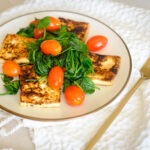
Pan-Fried Tofu with Sauteed Spinach and Tomato
Crispy, pan-fried tofu served with sauteed balsamic spinach and tomatoes is an easy recipe, that is a light and warm dish, that can be enjoyed with rice pilaf, pasta, or all on its own. This post may contain affiliate links. Please see our privacy policy for details. If time is not on your side, here’s…

How To Make Salmon Cakes In A Skillet
This crispy salmon cake recipe is a healthy meal prep protein option. Canned foods often get a bad rep, however canned salmon can be very nutrient-dense. One serving can provide up to 16 grams of protein, heart-healthy fats, and multiple micronutrients. Ease of Making: Easy Growing up we used a lot of canned tuna, so…

Cocktail Shrimp Ceviche Salad
Cocktail Shrimp Ceviche Salad knifecutting boardmixing bowl 12 oz pre-cooked frozen shrimp ((defrosted))1/4 cup red onion ((diced))1 each roma tomato ((diced))1/4 cup cilantro ((chopped))1 each lime ((sliced))4 cups spring mix1/4 tsp garlic powder1/4 tsp salt1/4 tsp pepper Defrost frozen shrimp according to the packaged instructionsPlace the shrimp in a mixing bowlStir in the following ingredients:…
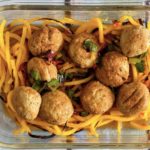
Sesame Ginger Turkey Meatballs and Squash Noodles
Sesame Ginger Turkey Meatballs and Squash Noodles knifecutting boardspatulasaute pan 12 oz pre-cooked turkey meatballs10 oz butternut squash noodles1 each red bell pepper ((diced))1 tbsp green onions ((chopped))2 tbsp sesame ginger vinaigrette dressing1 tbsp coco aminos (soy sauce)1 tbsp olive oil1/4 tsp garlic powder1/4 tsp salt1/4 tsp pepper Heat the meatballs according to the packaging…

